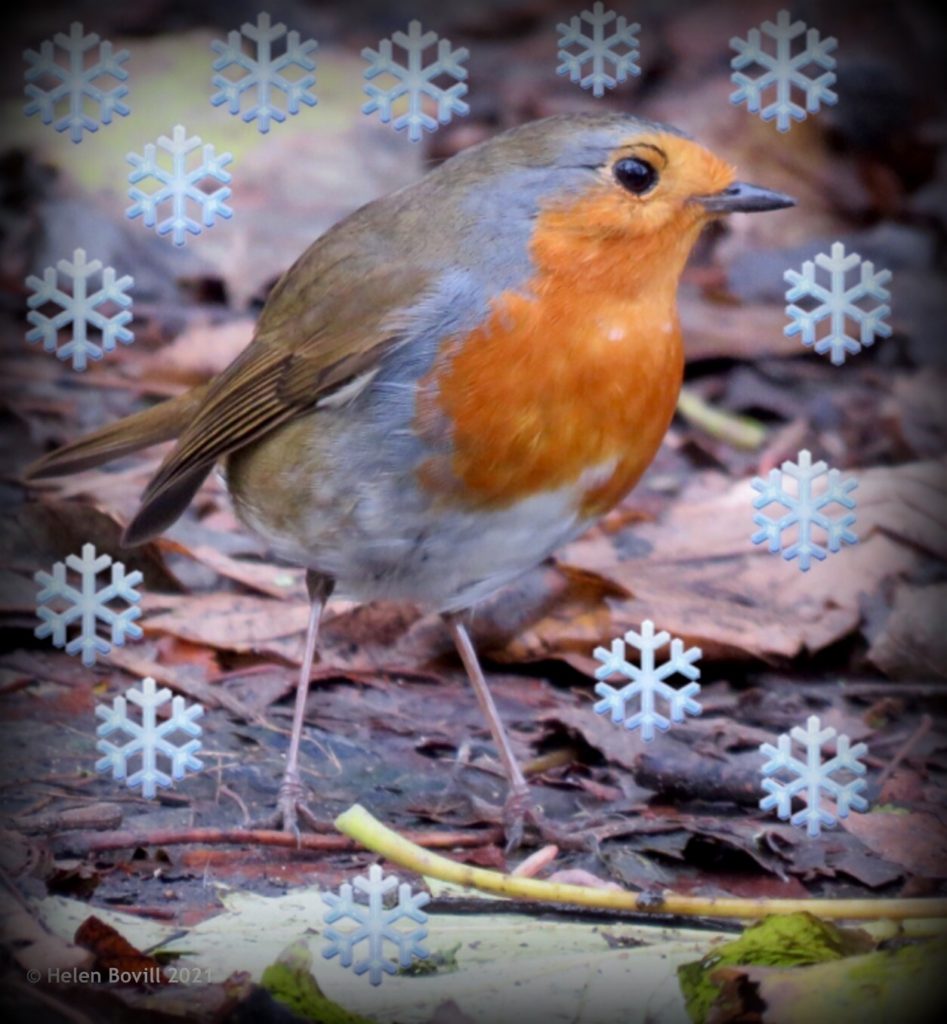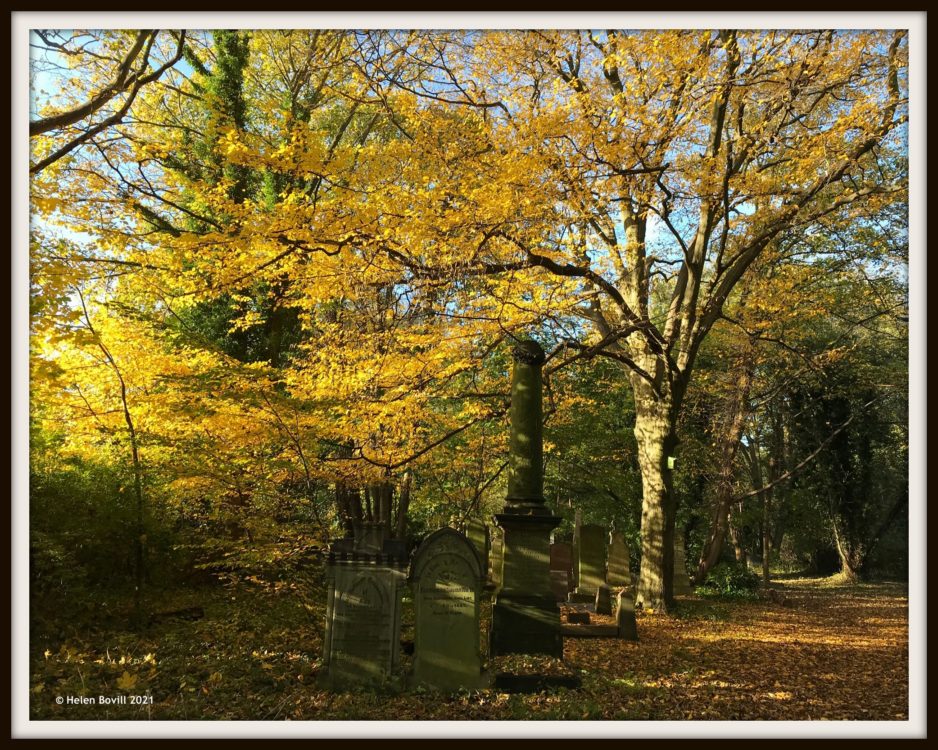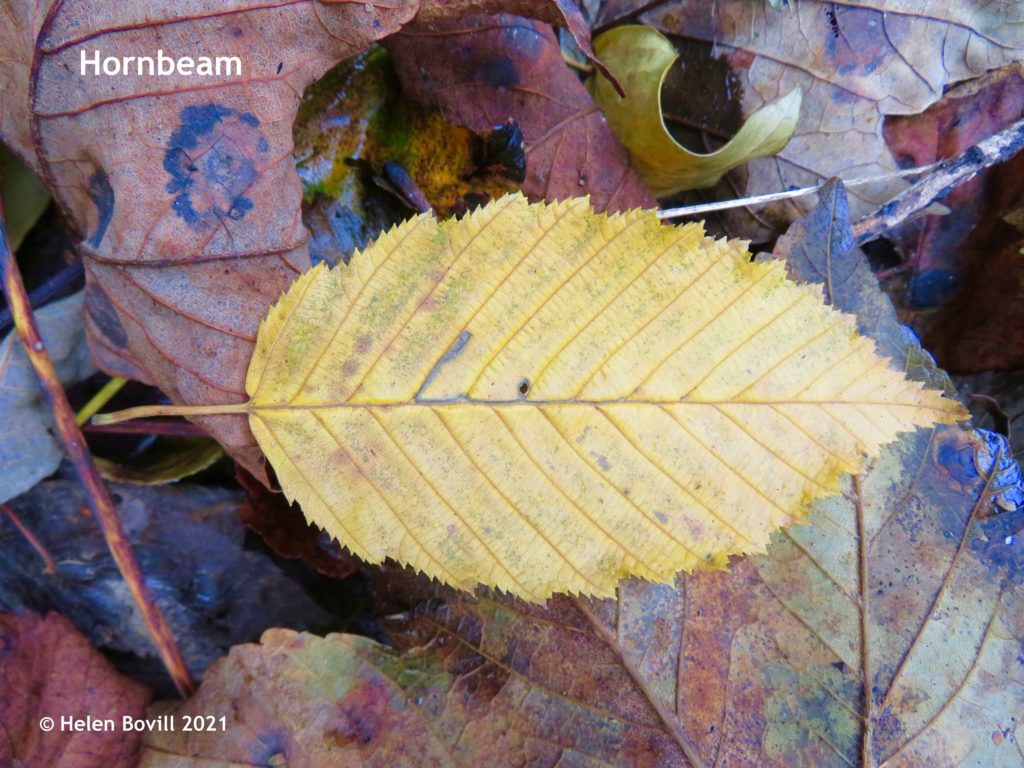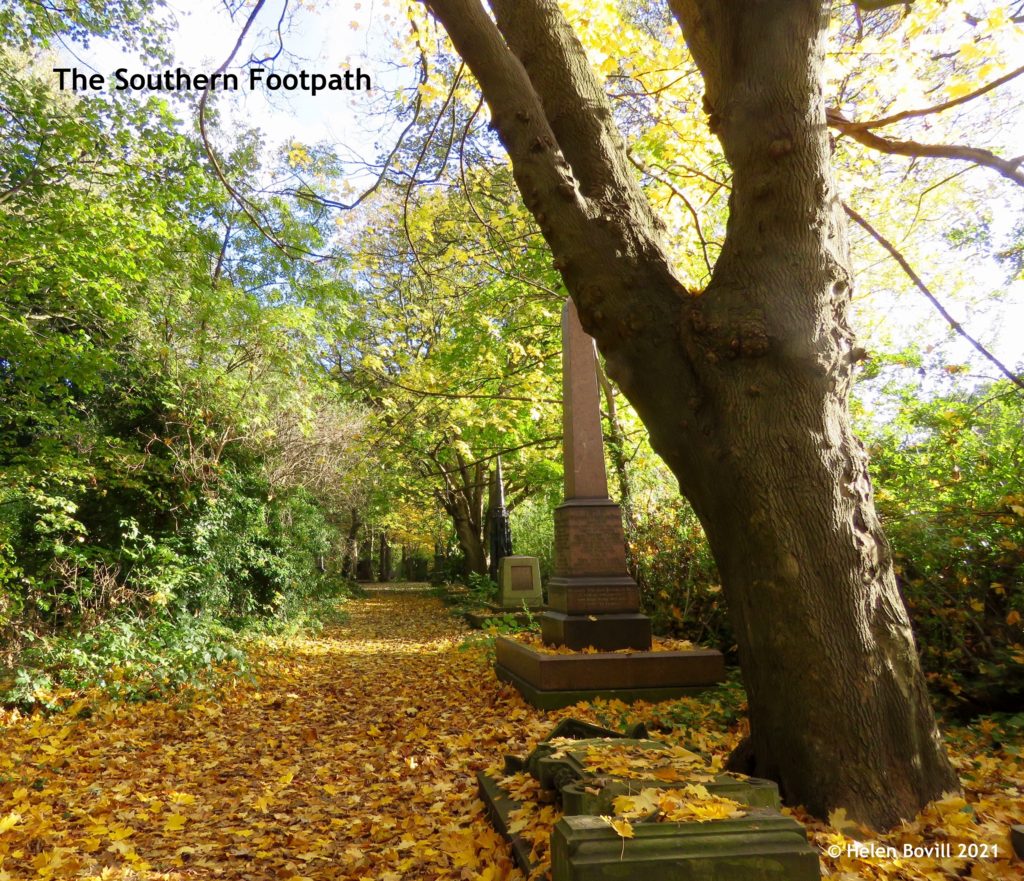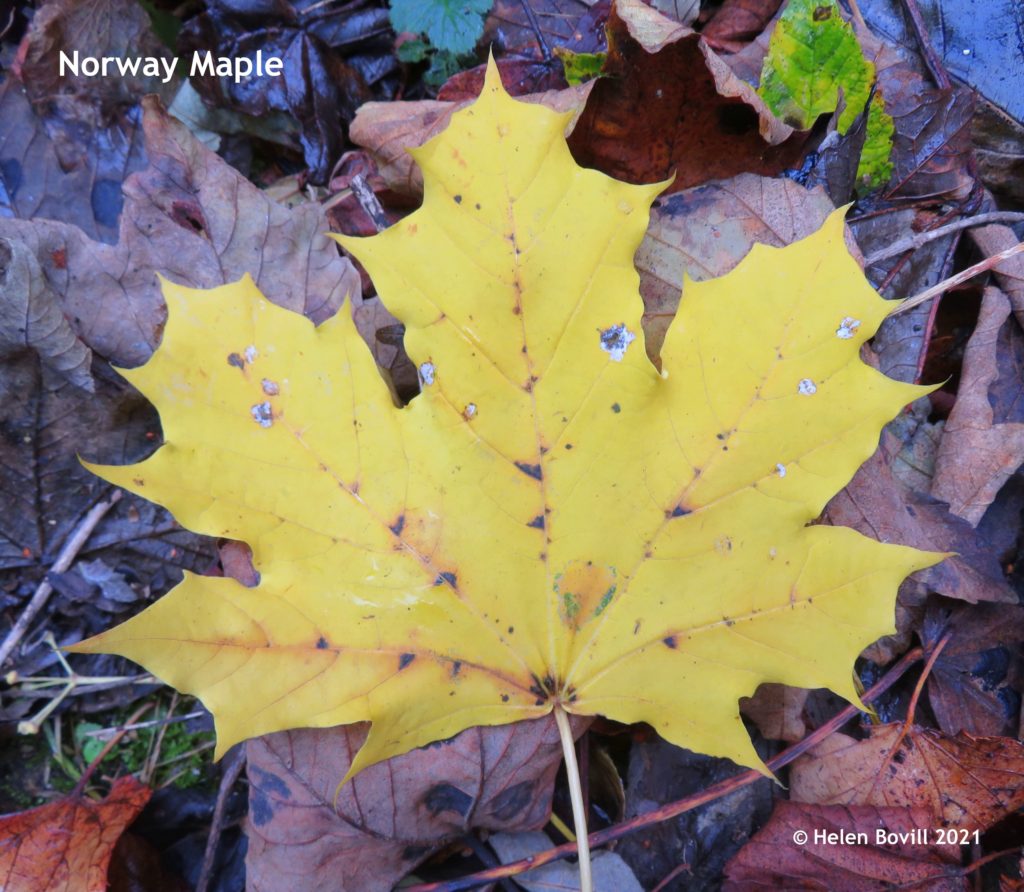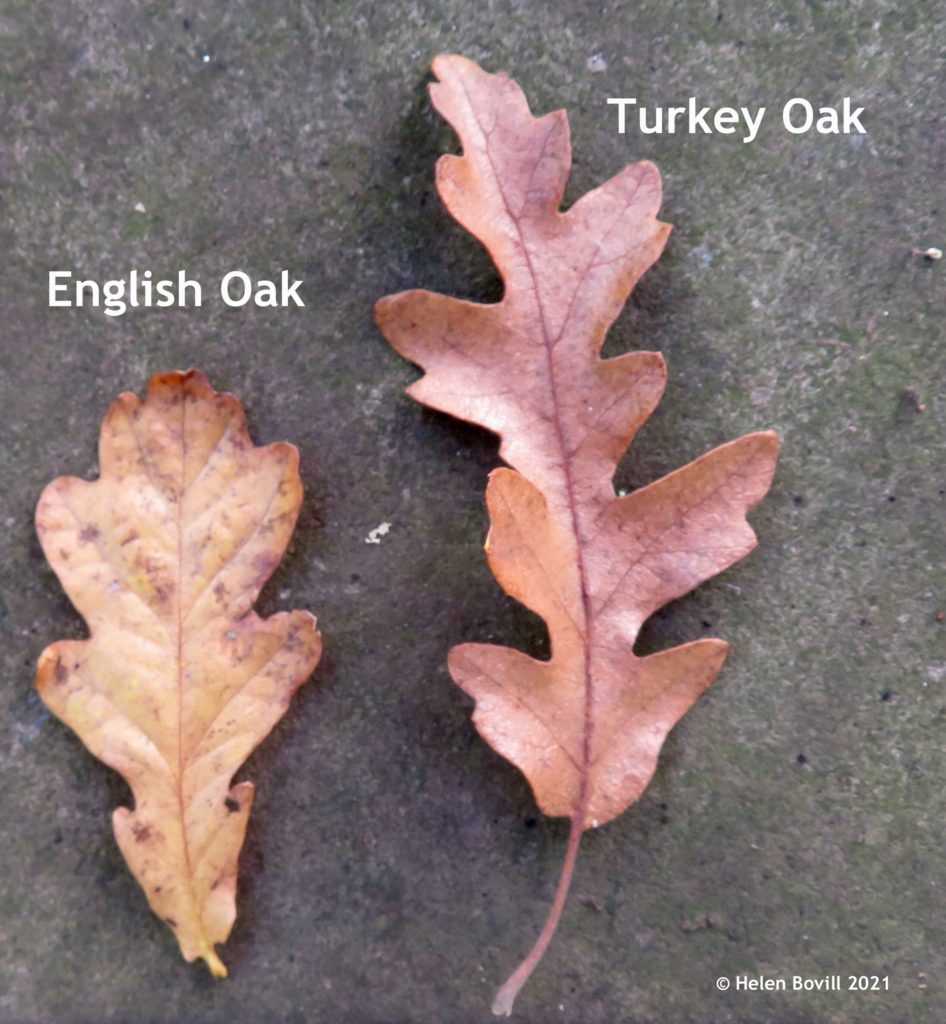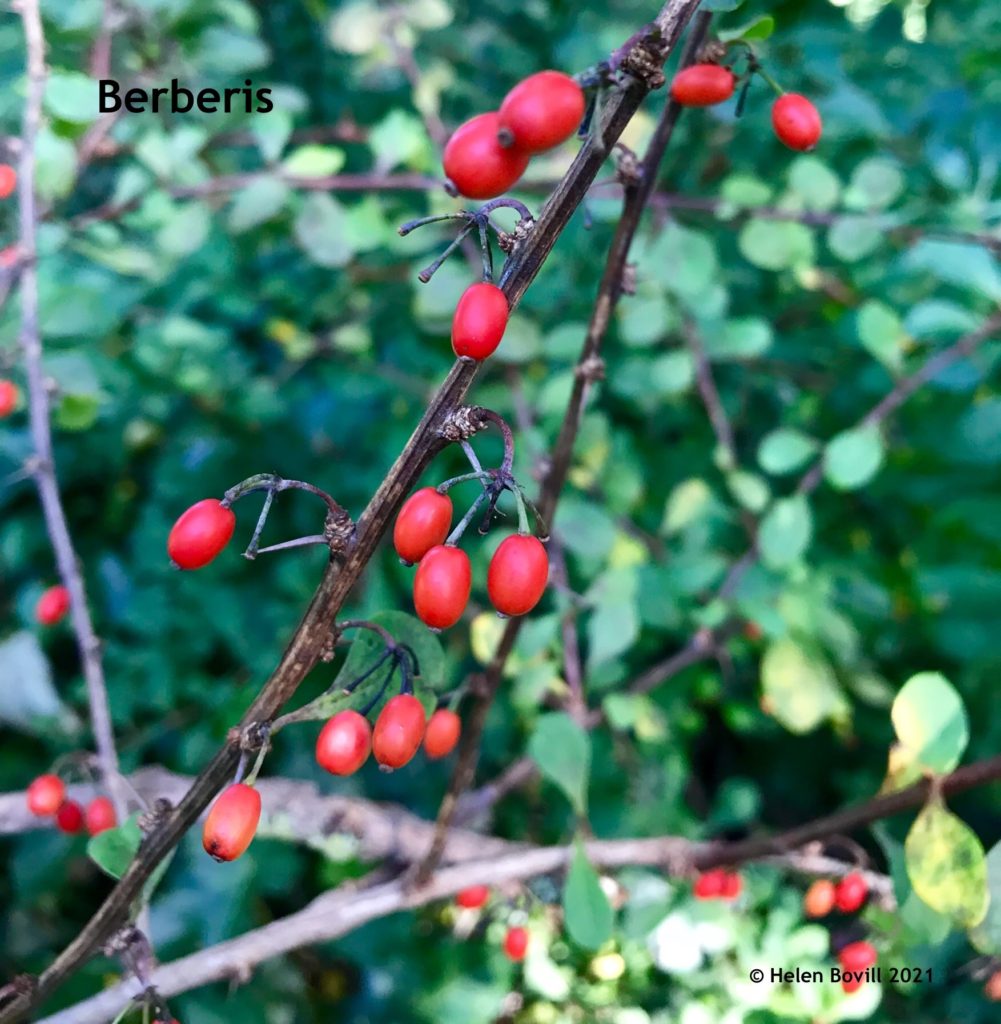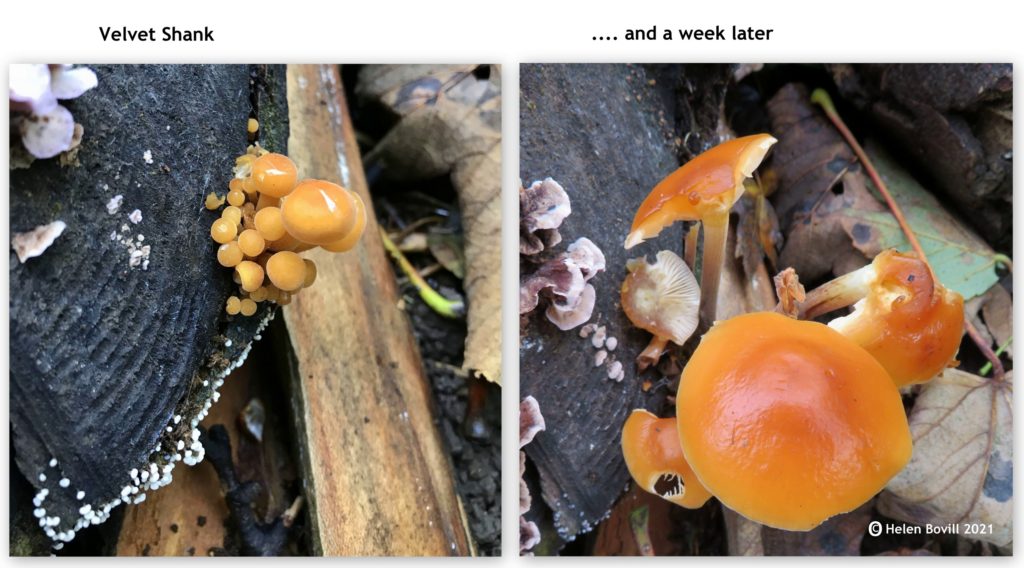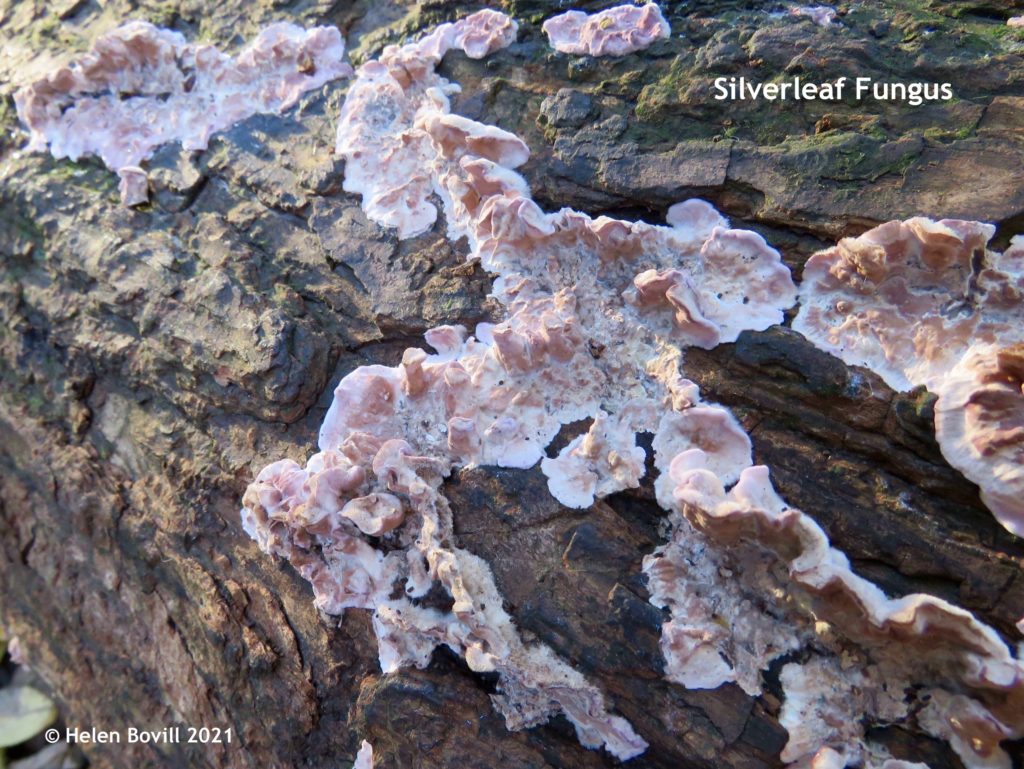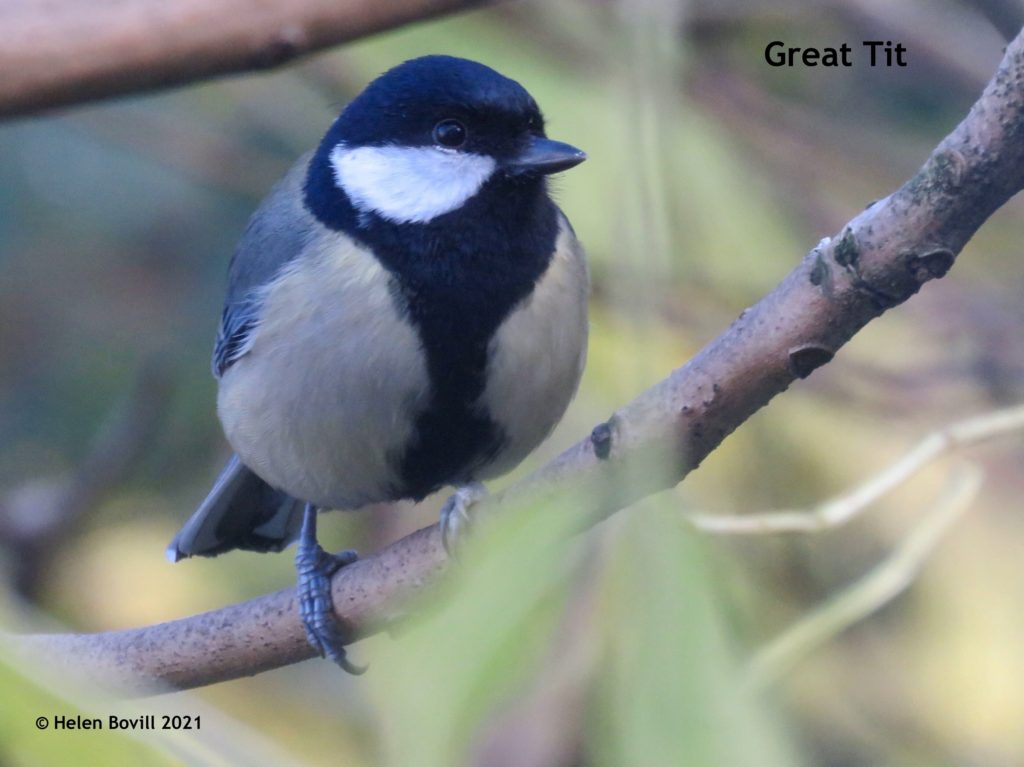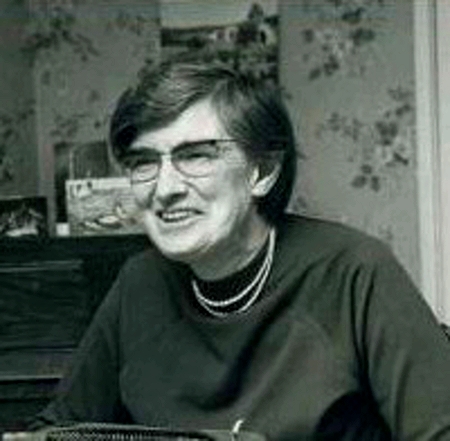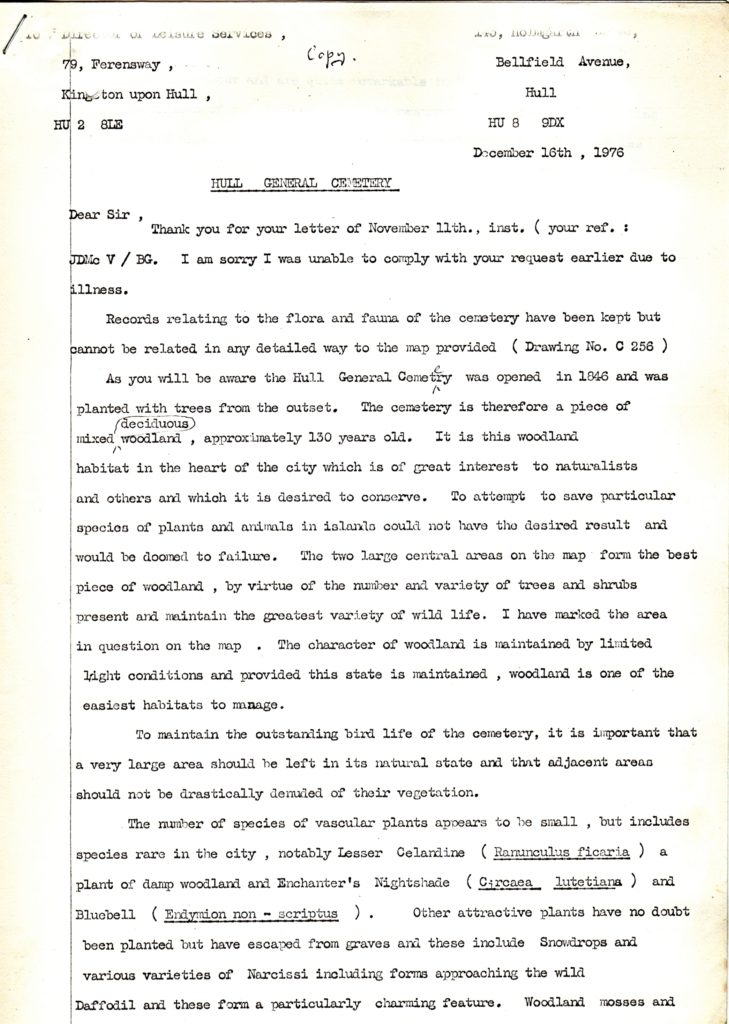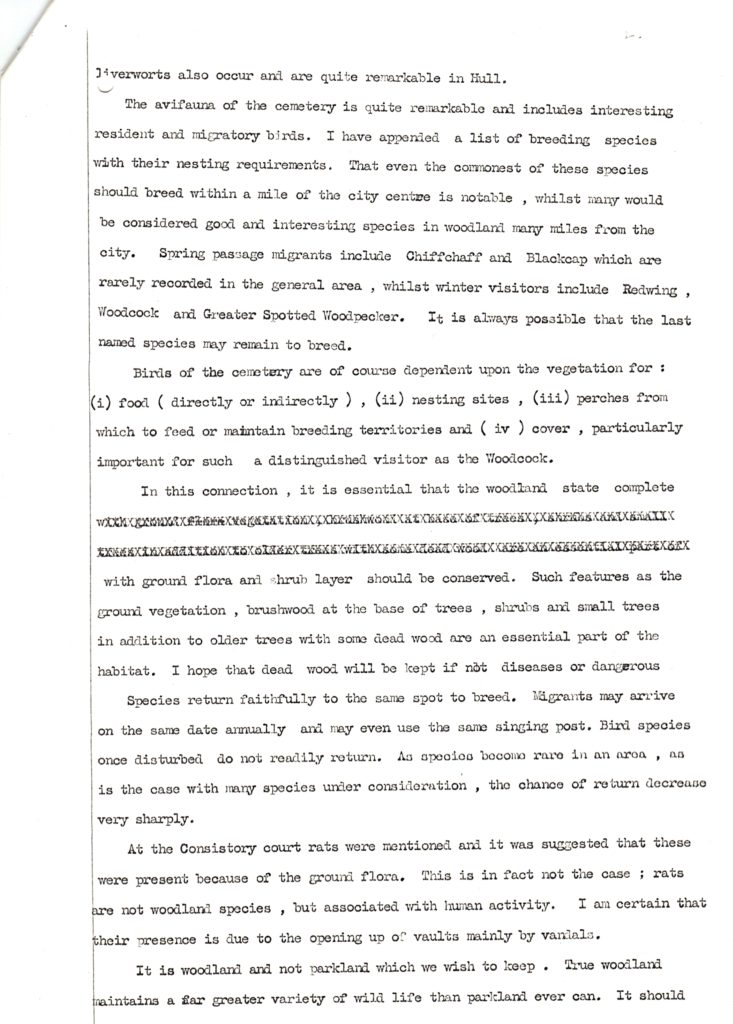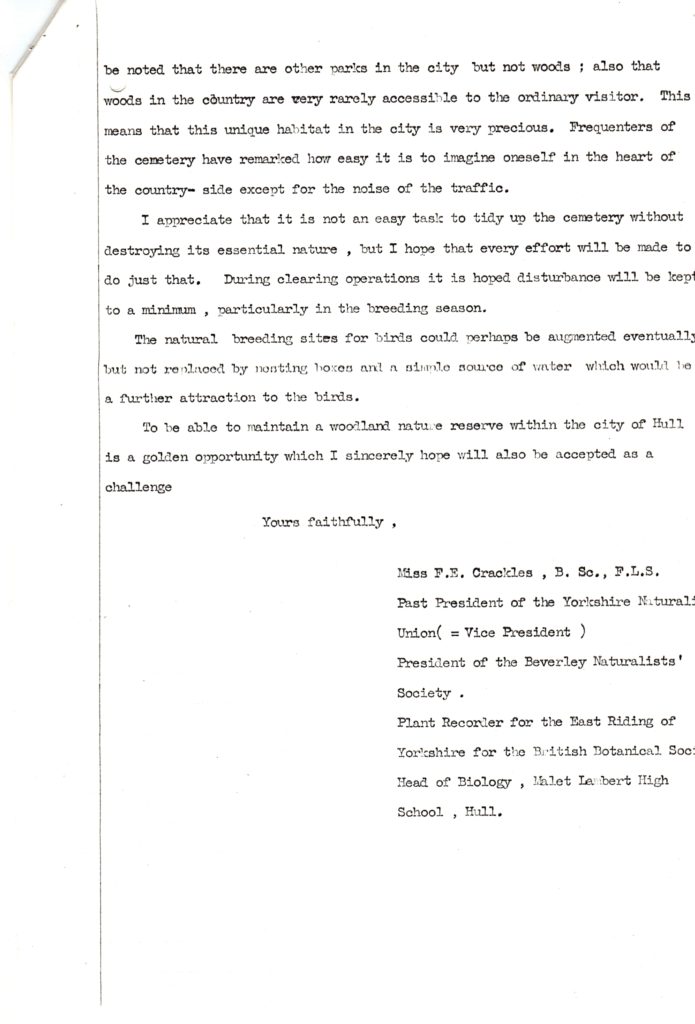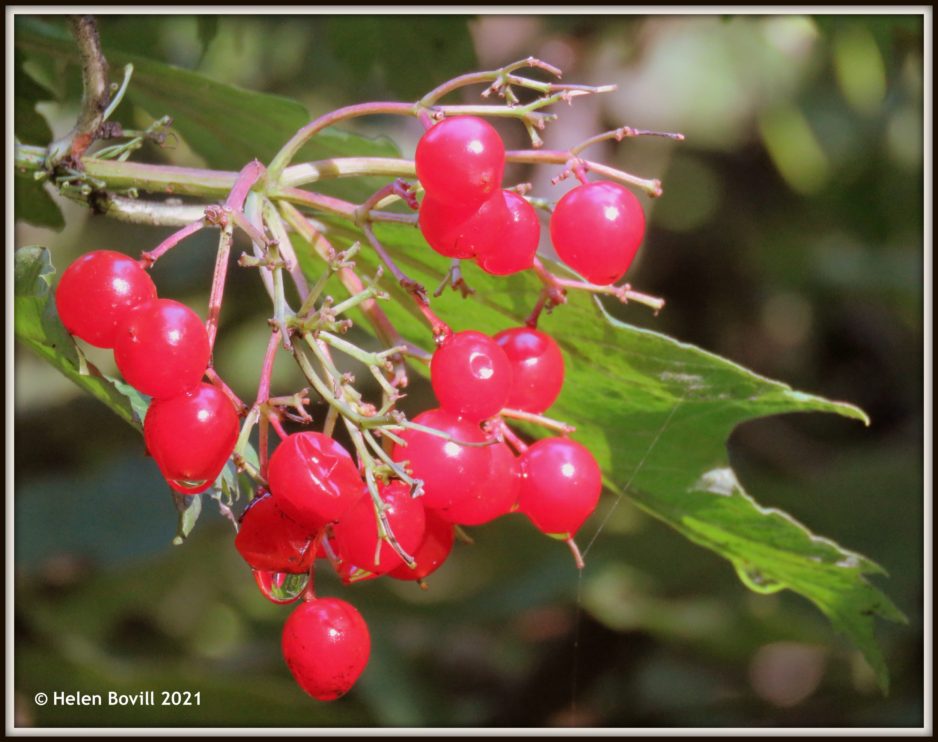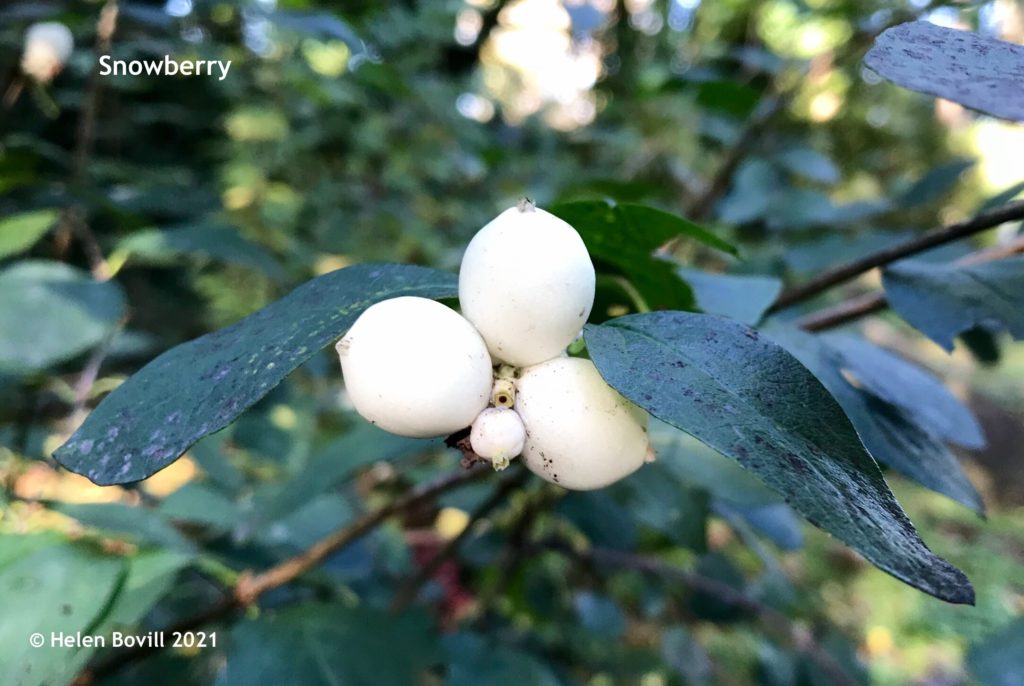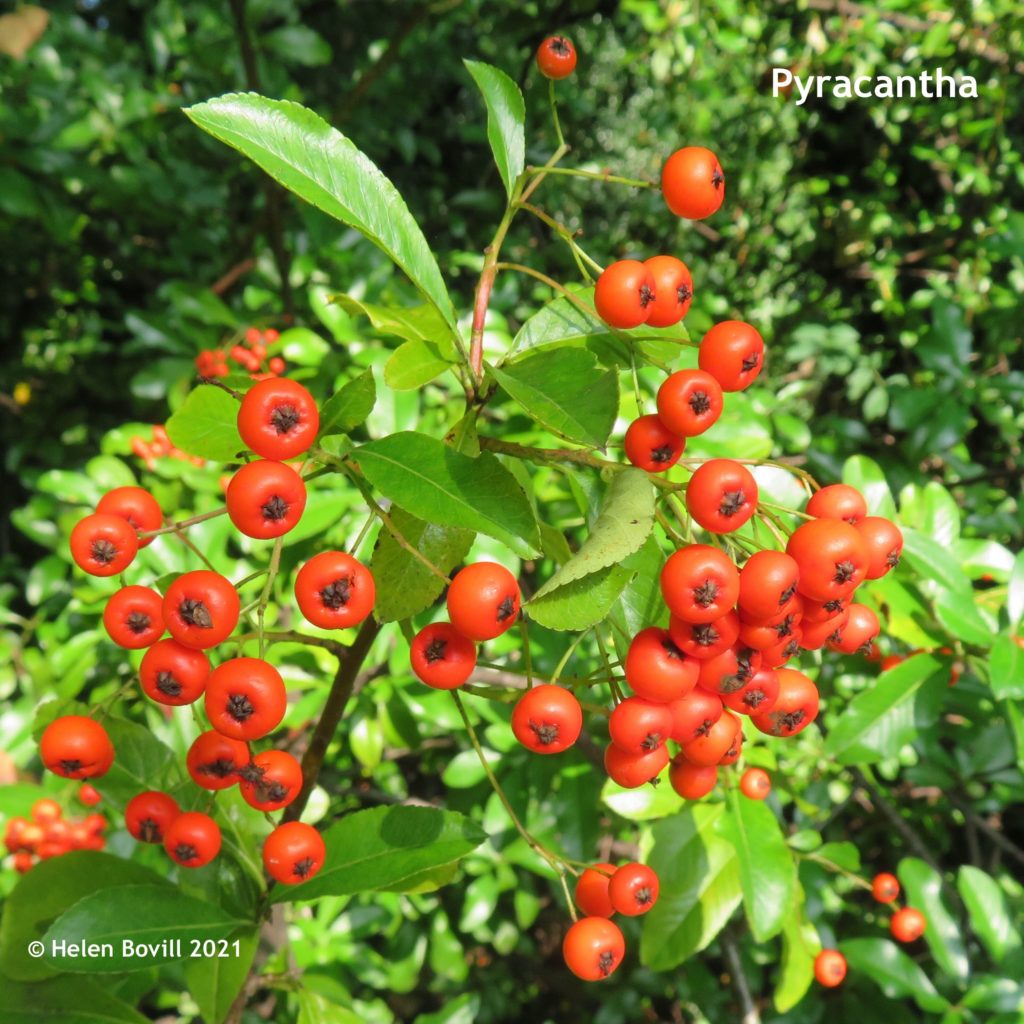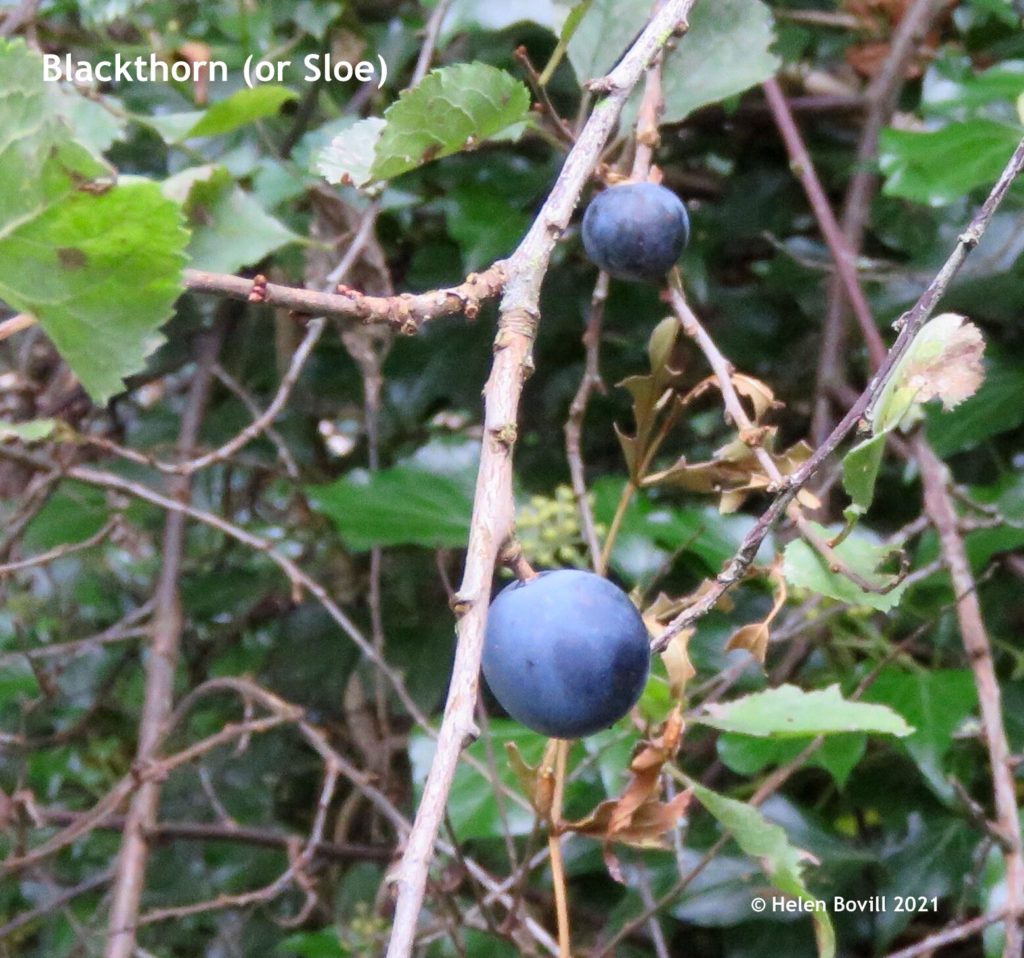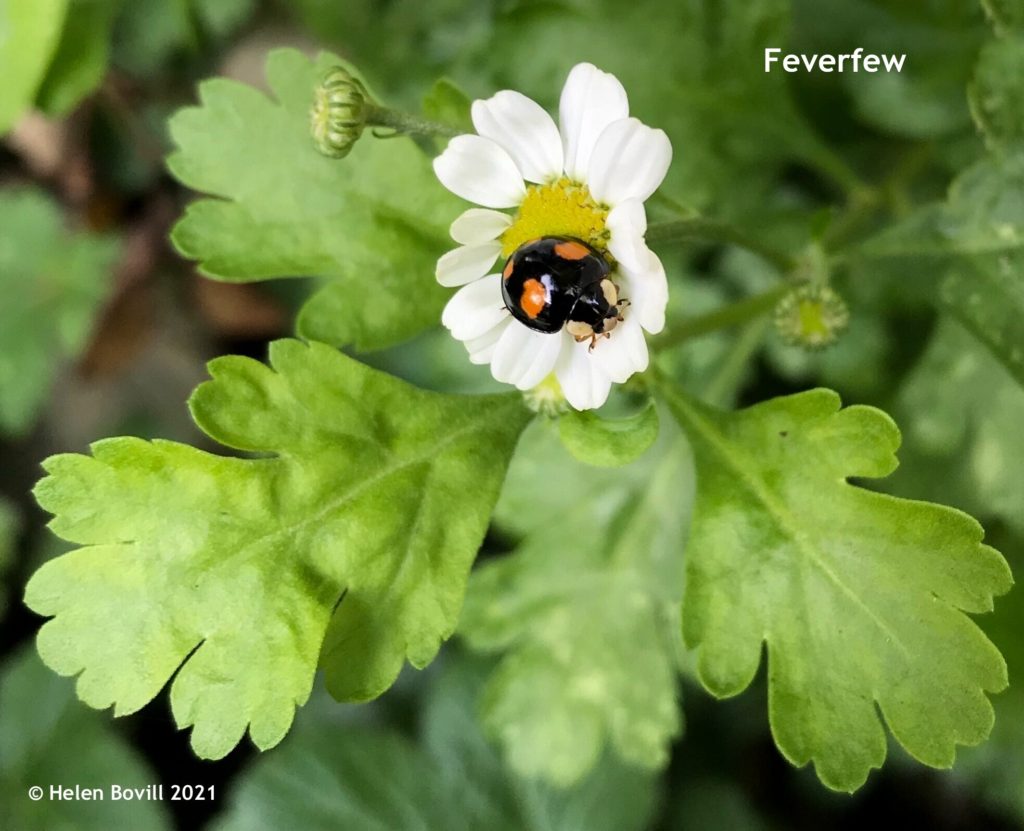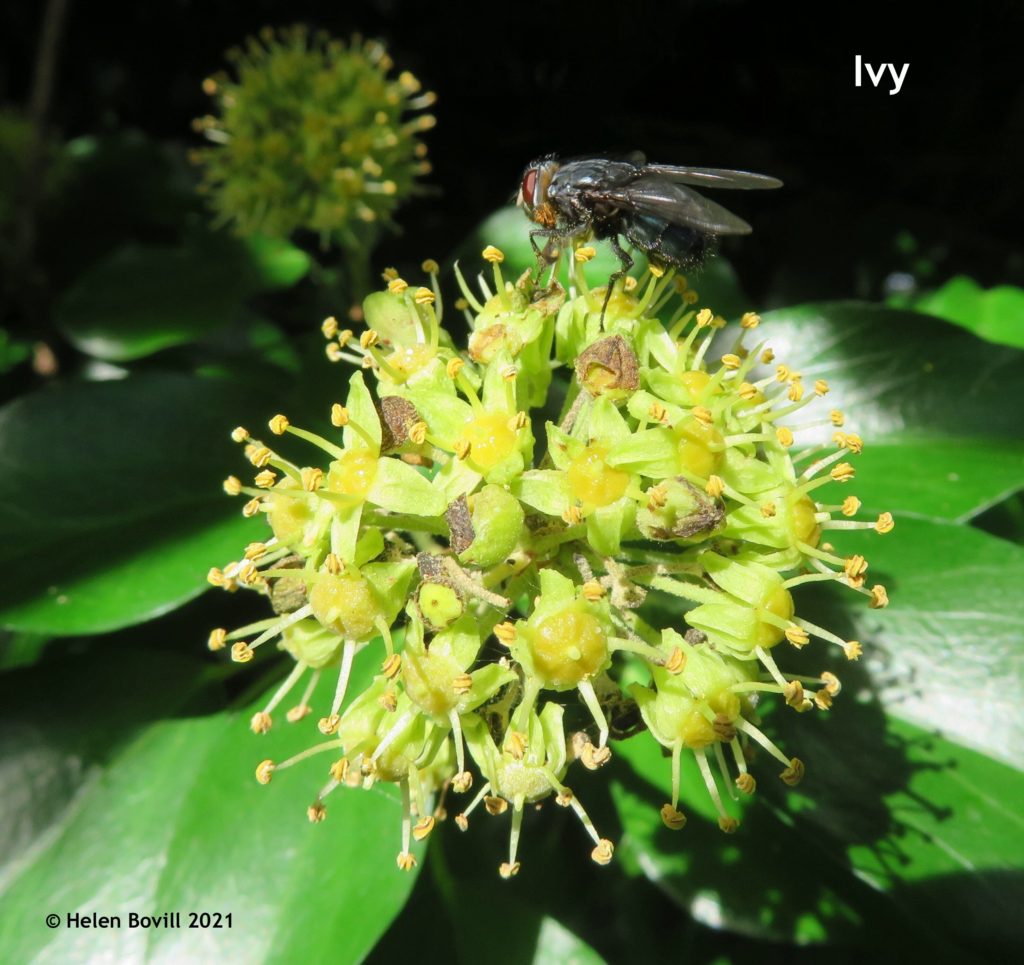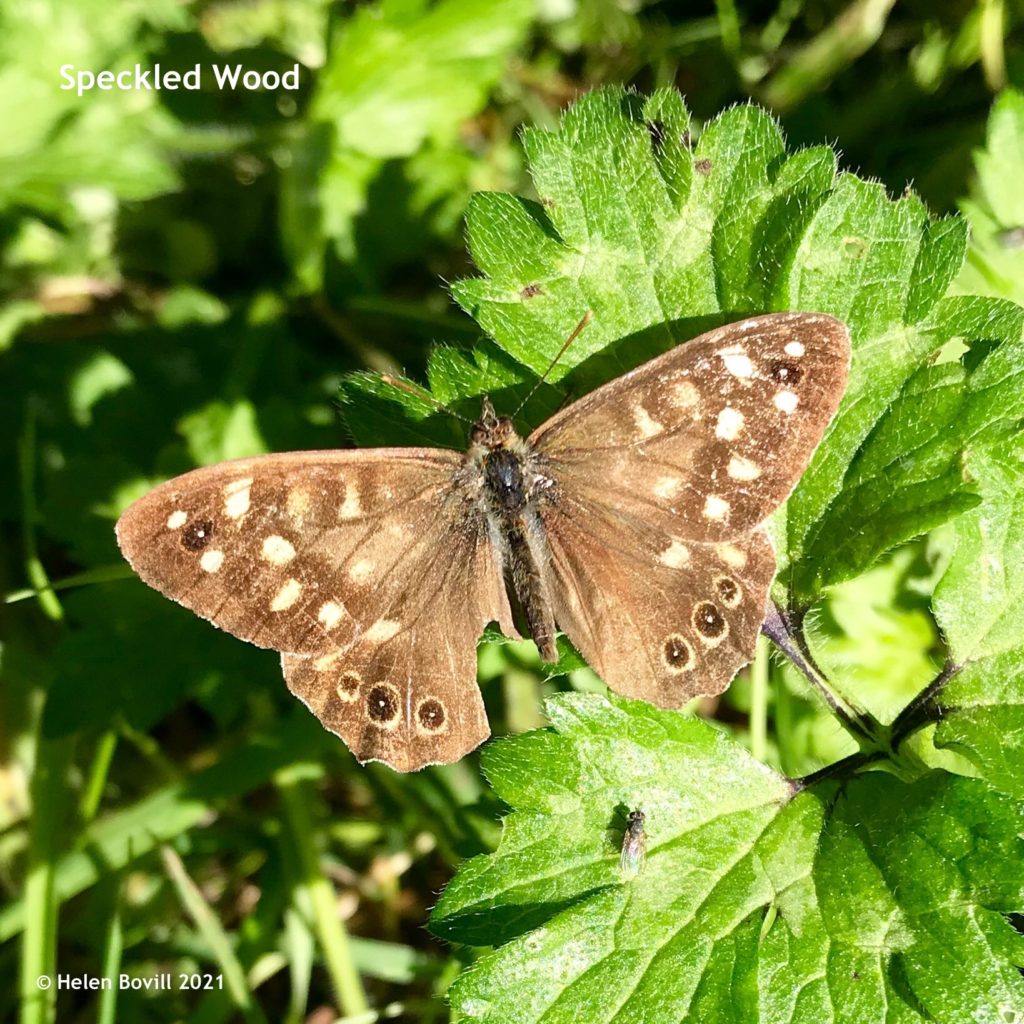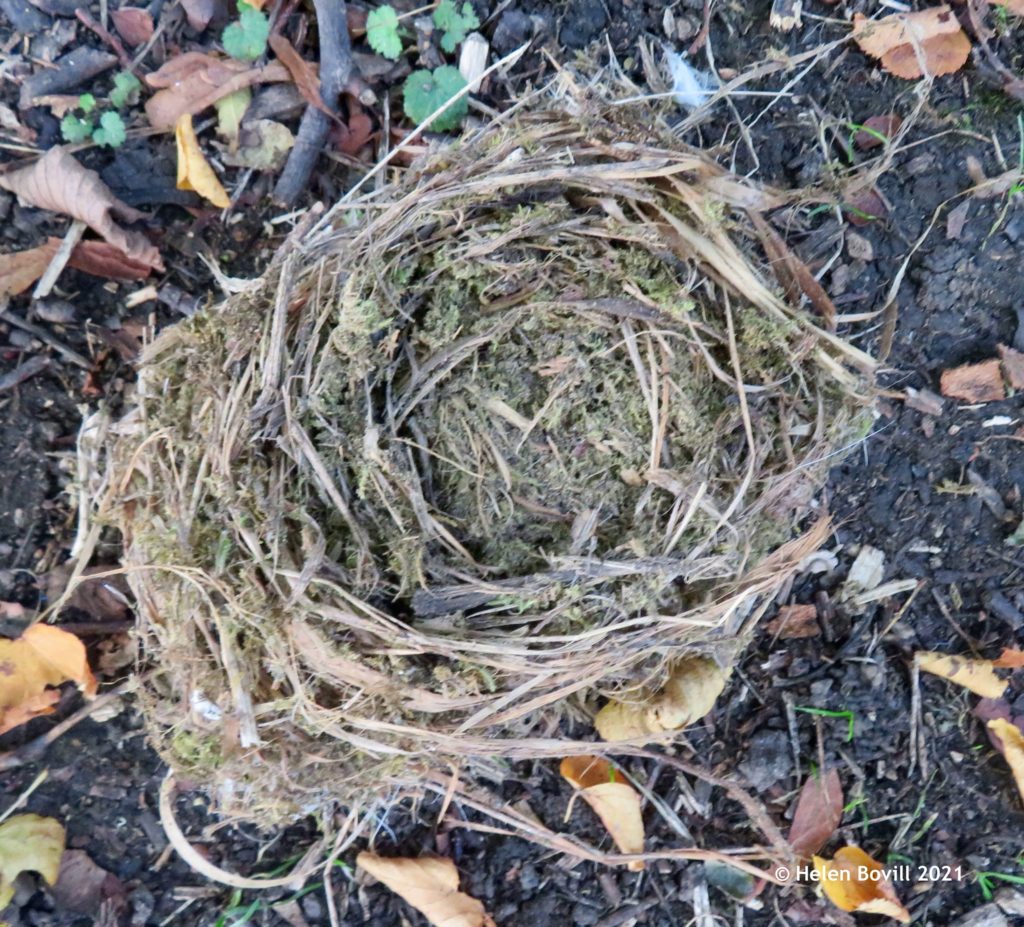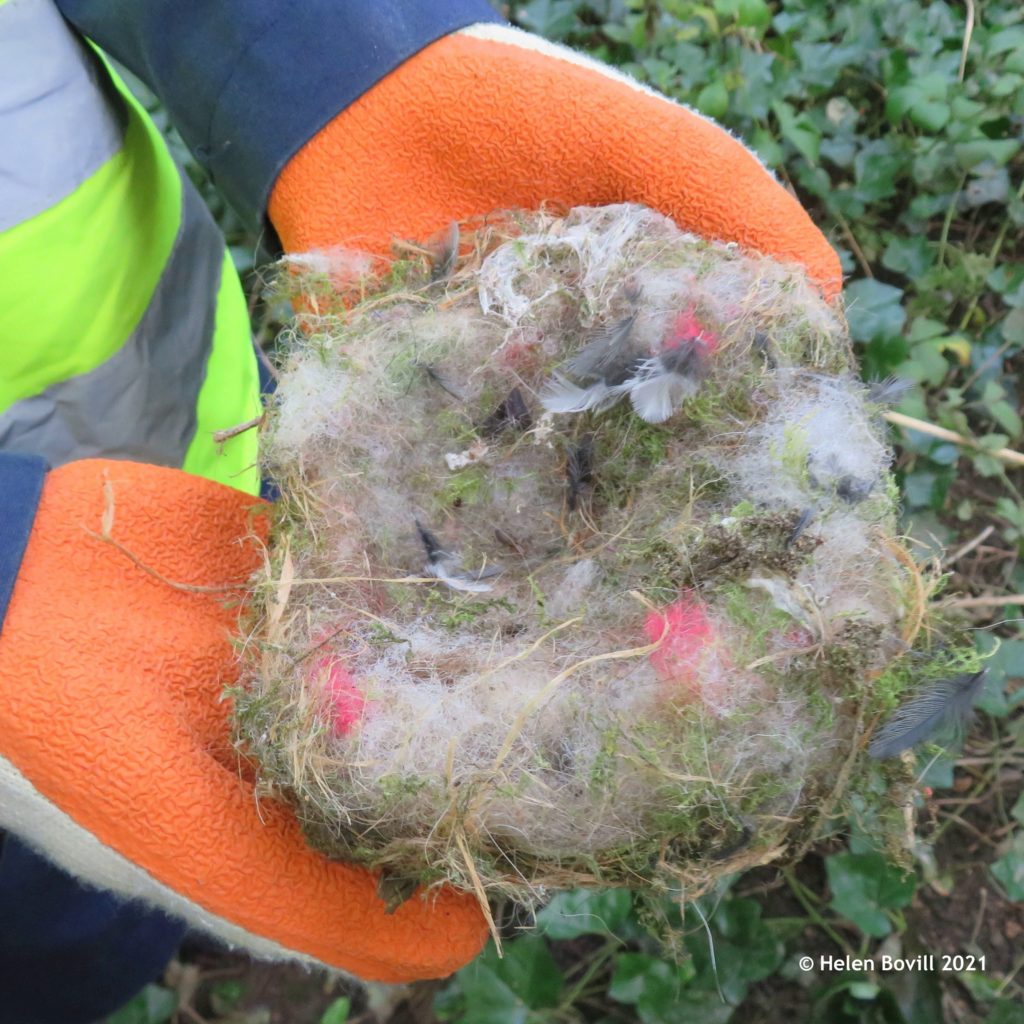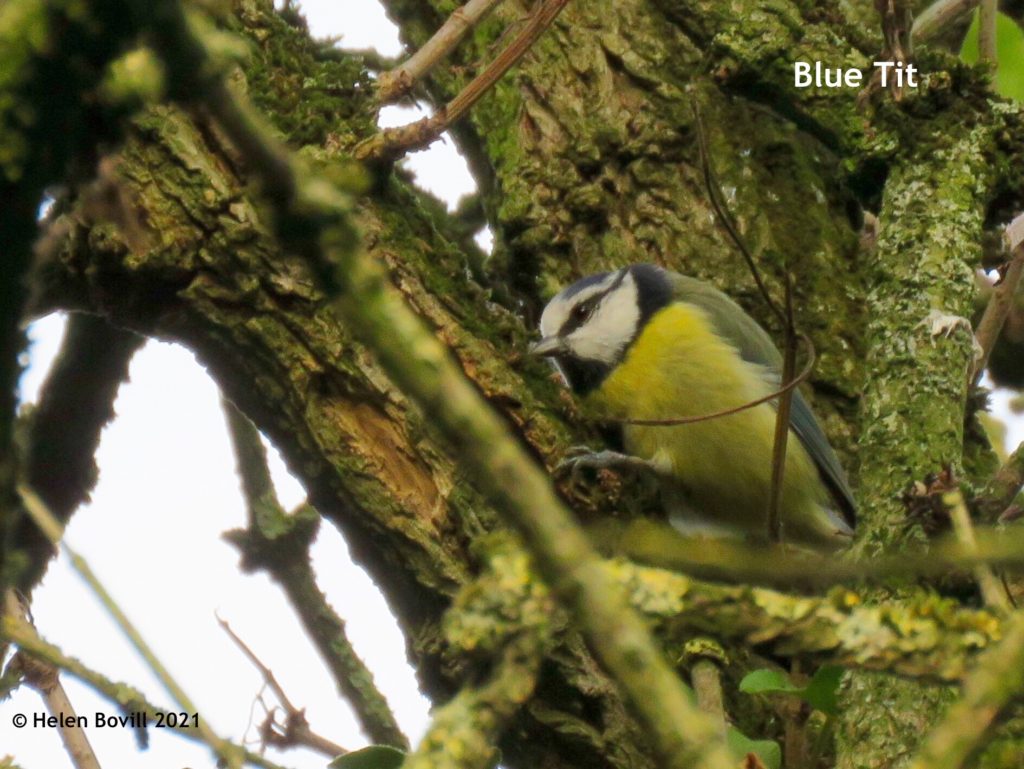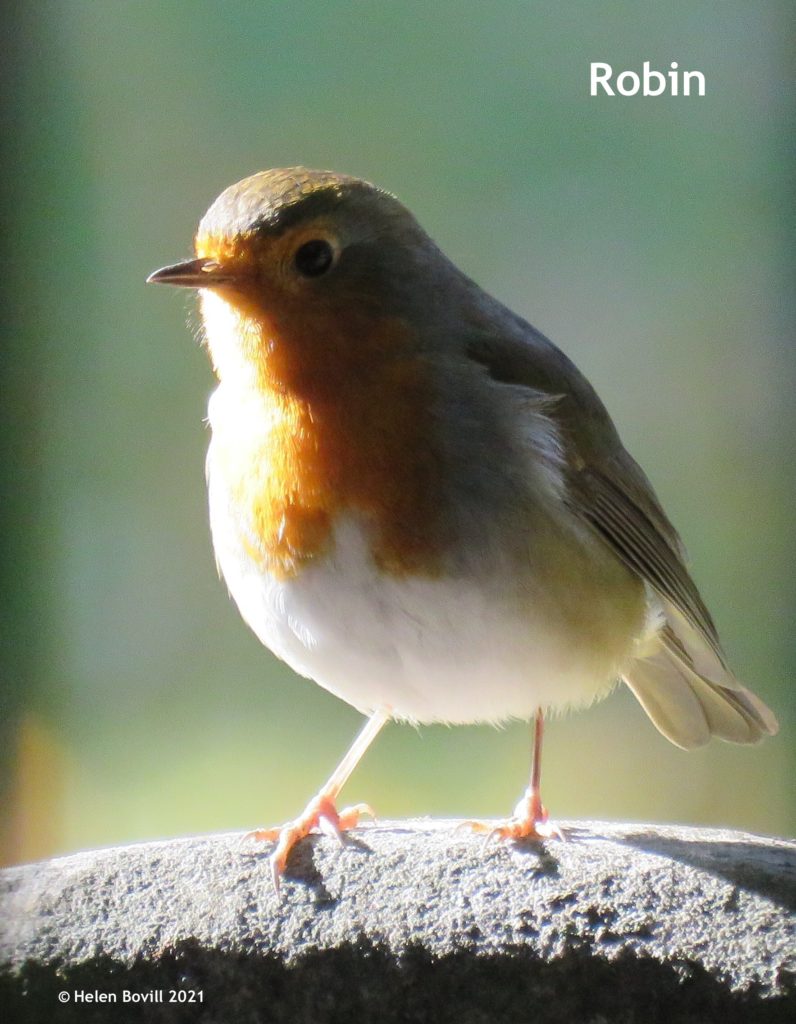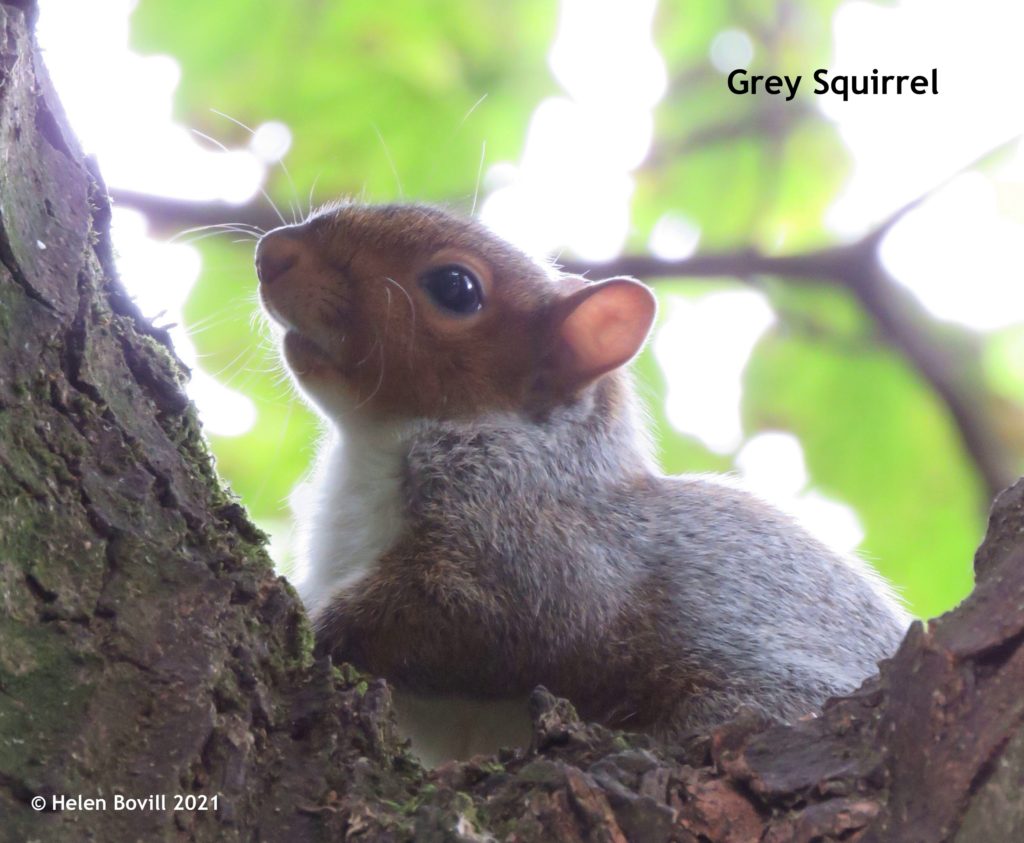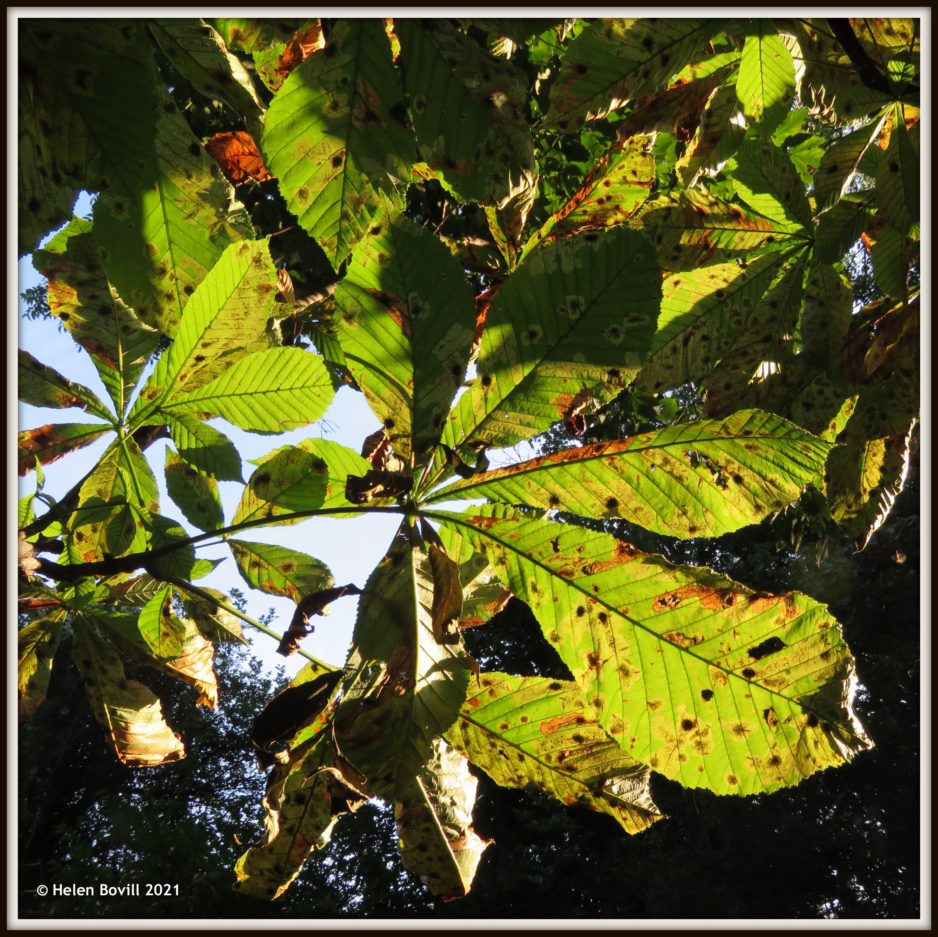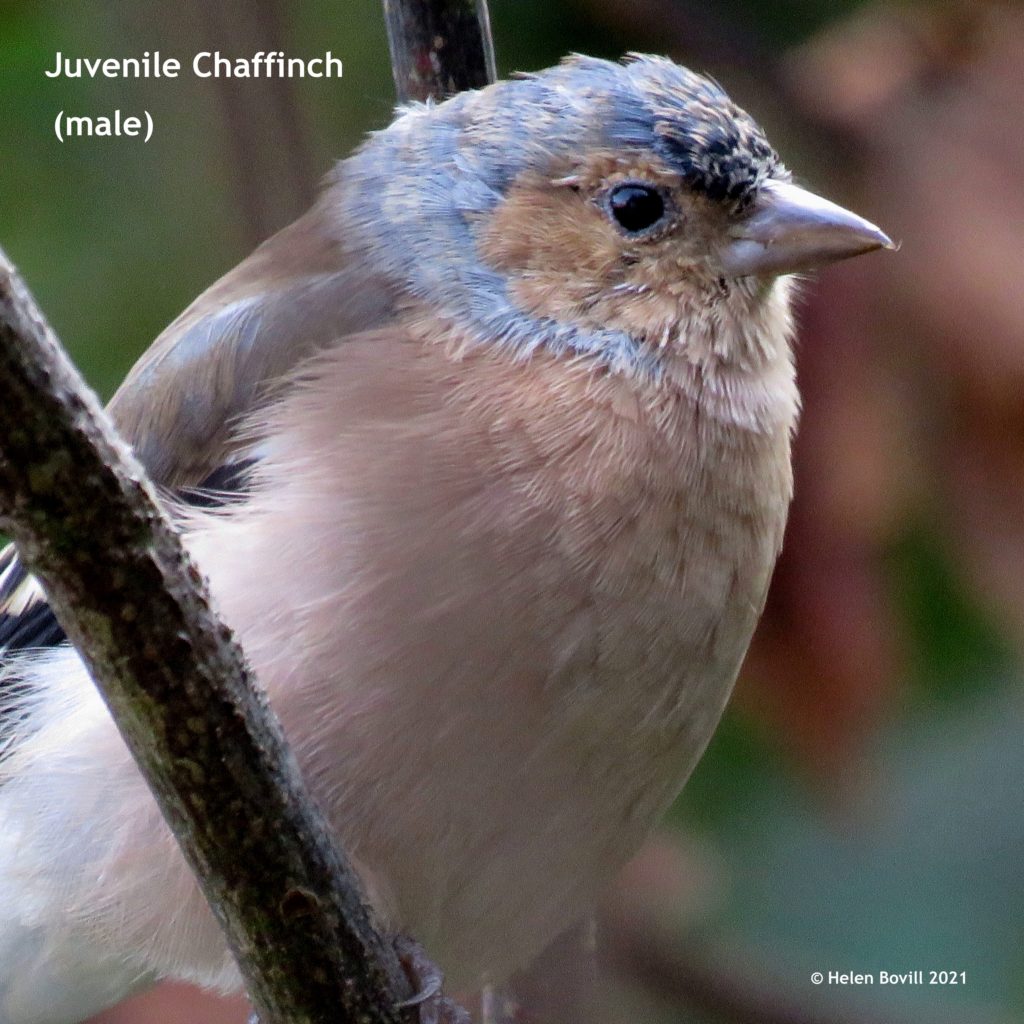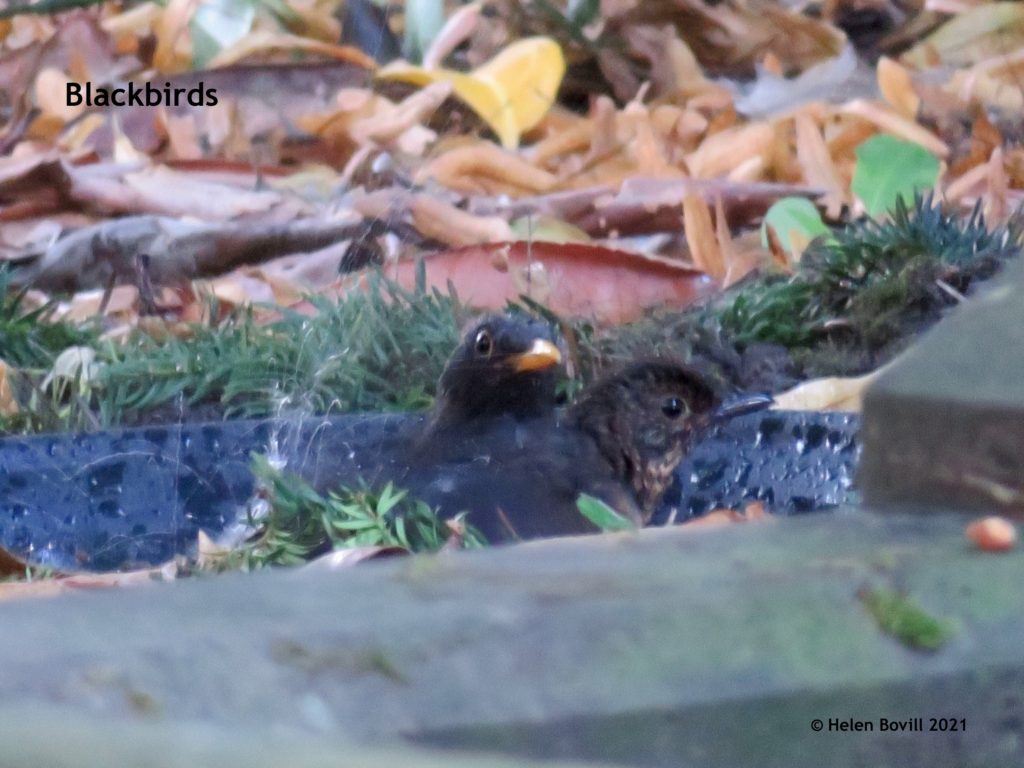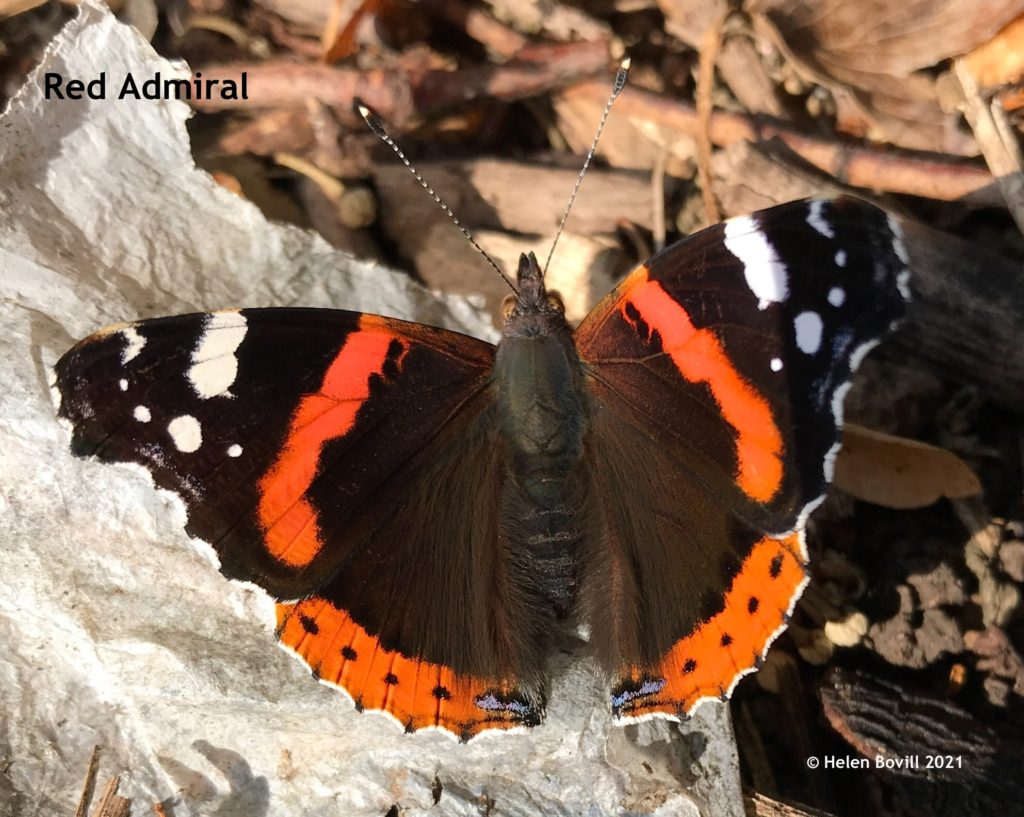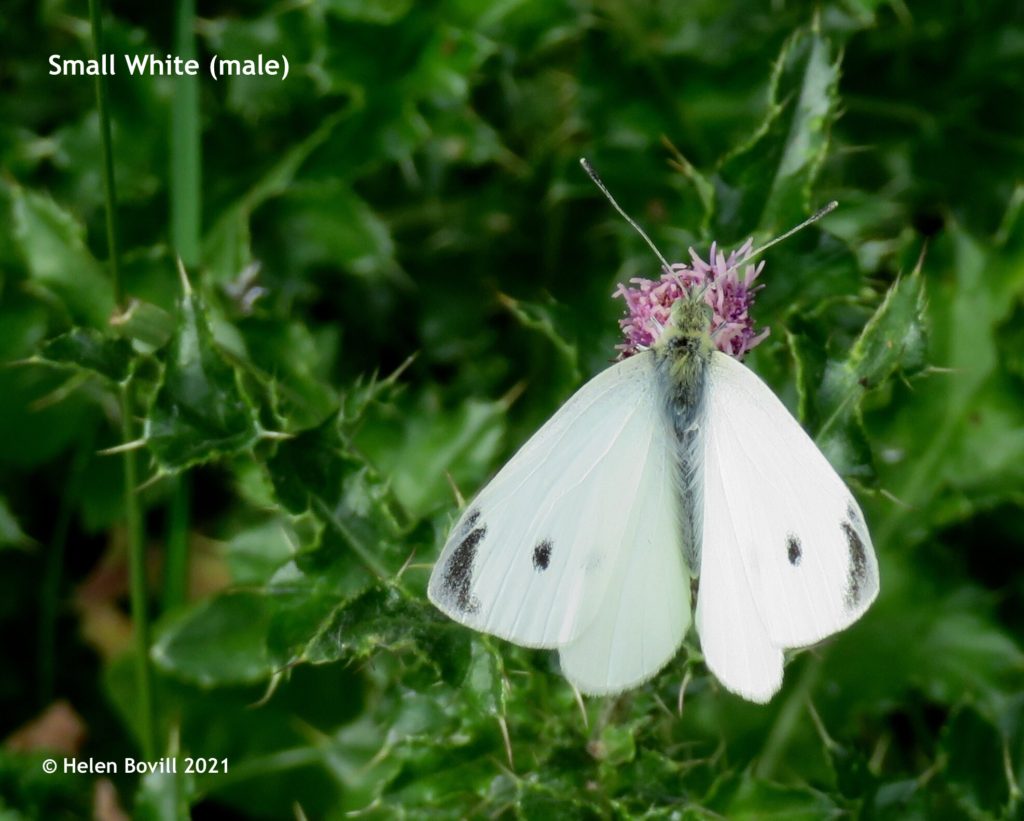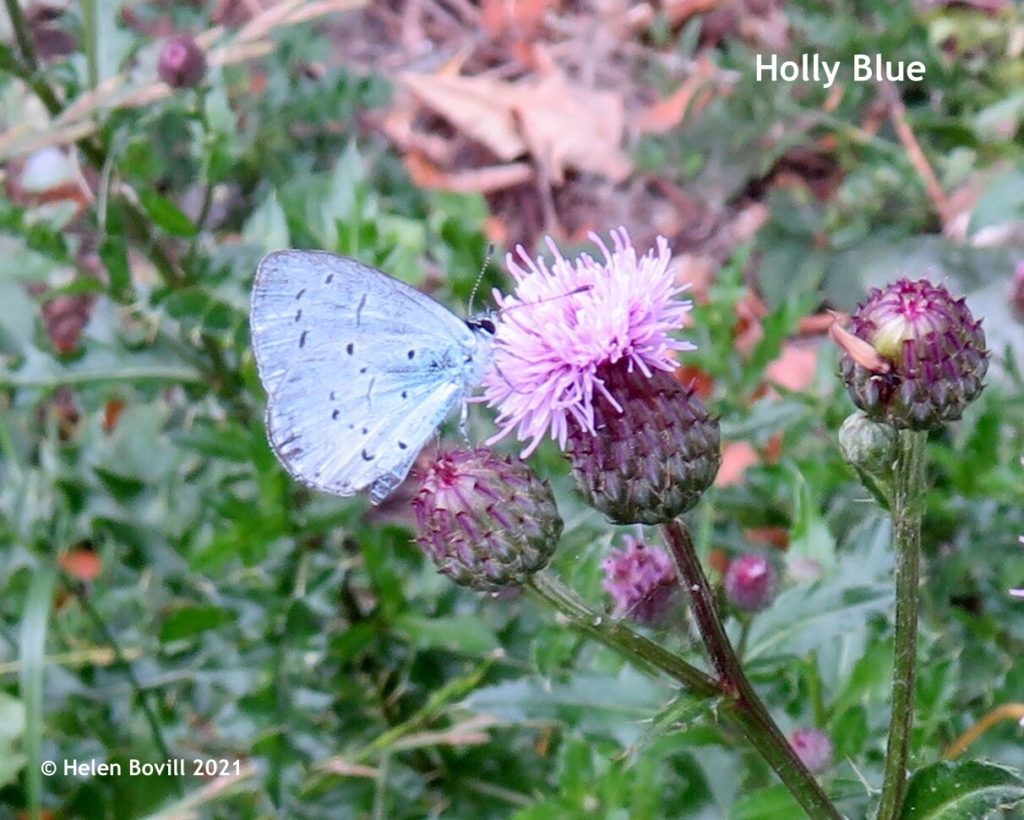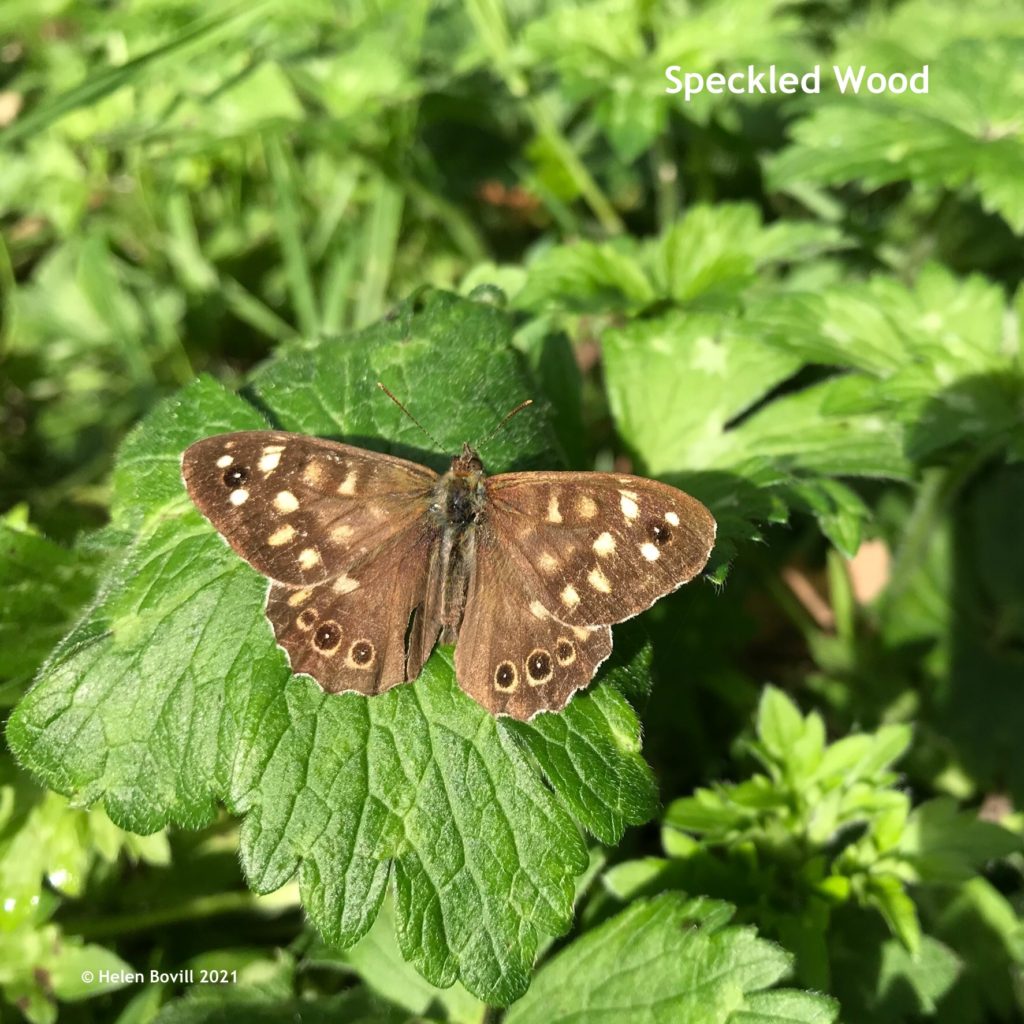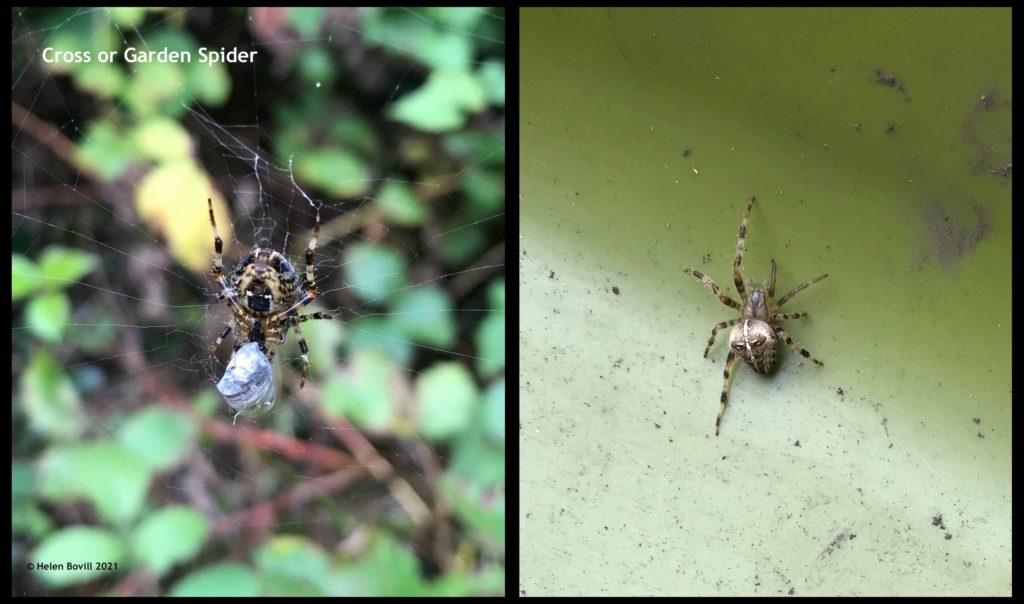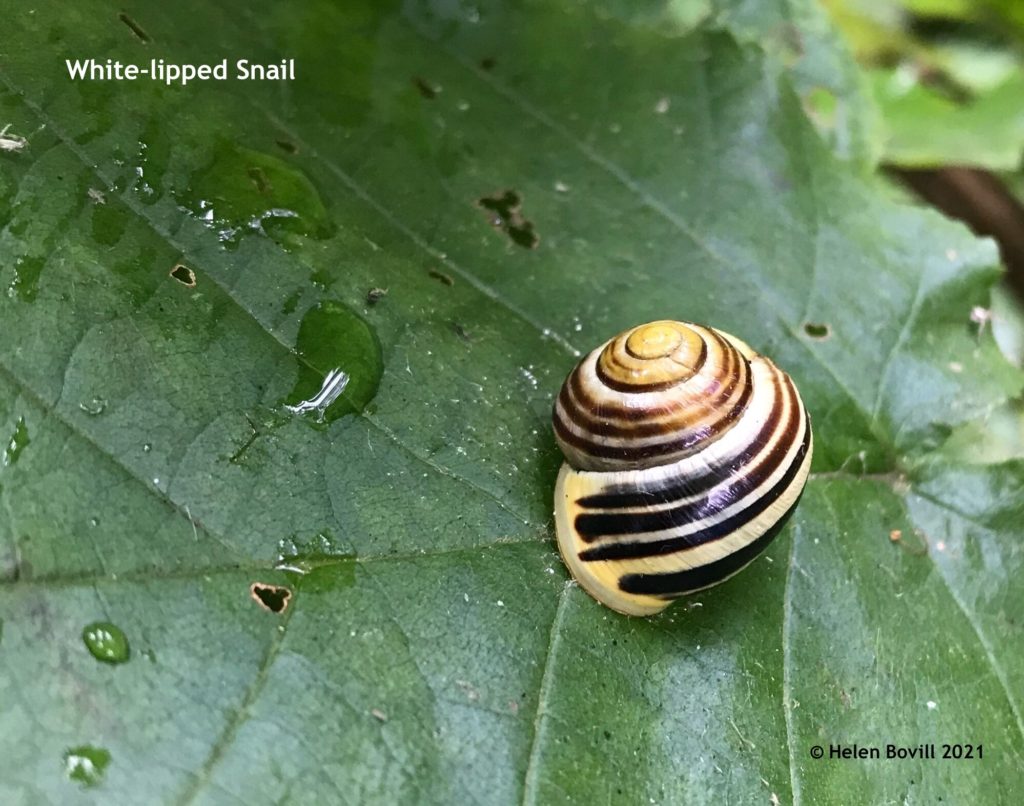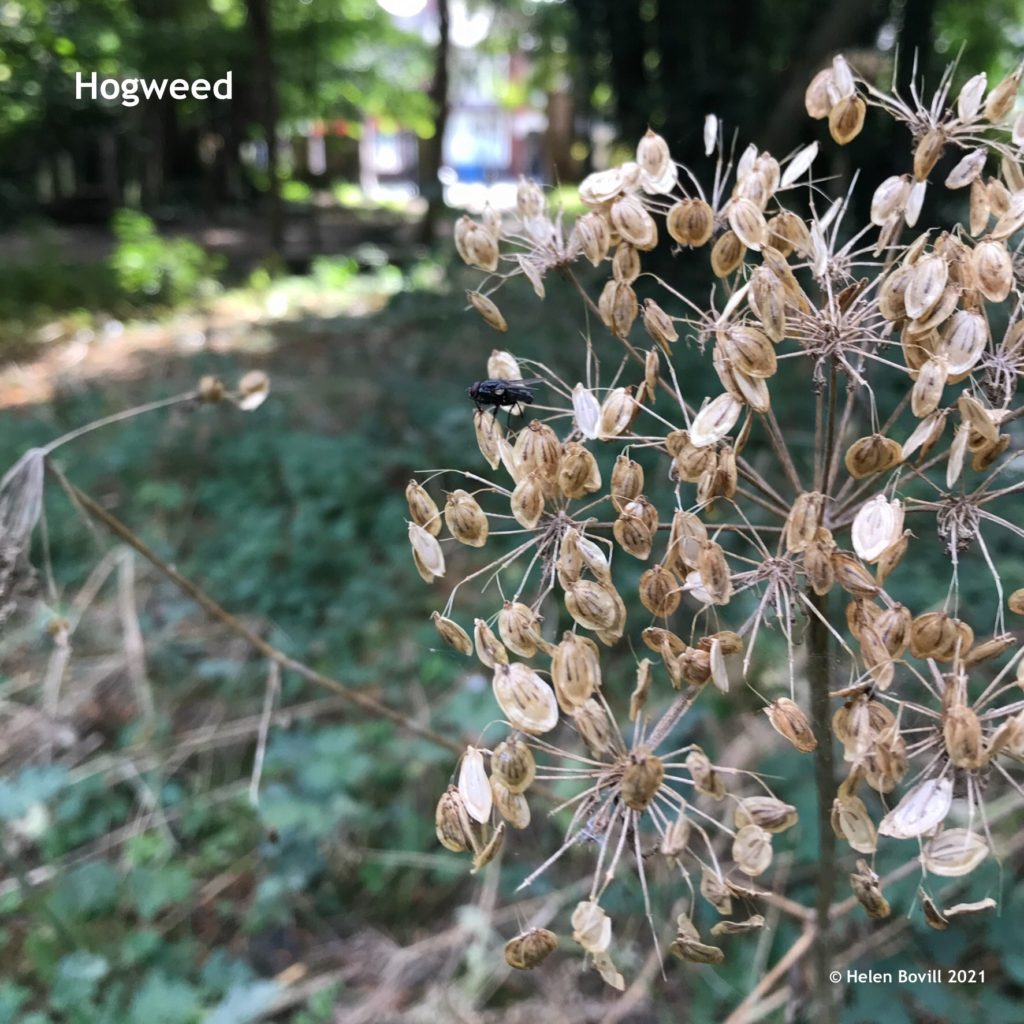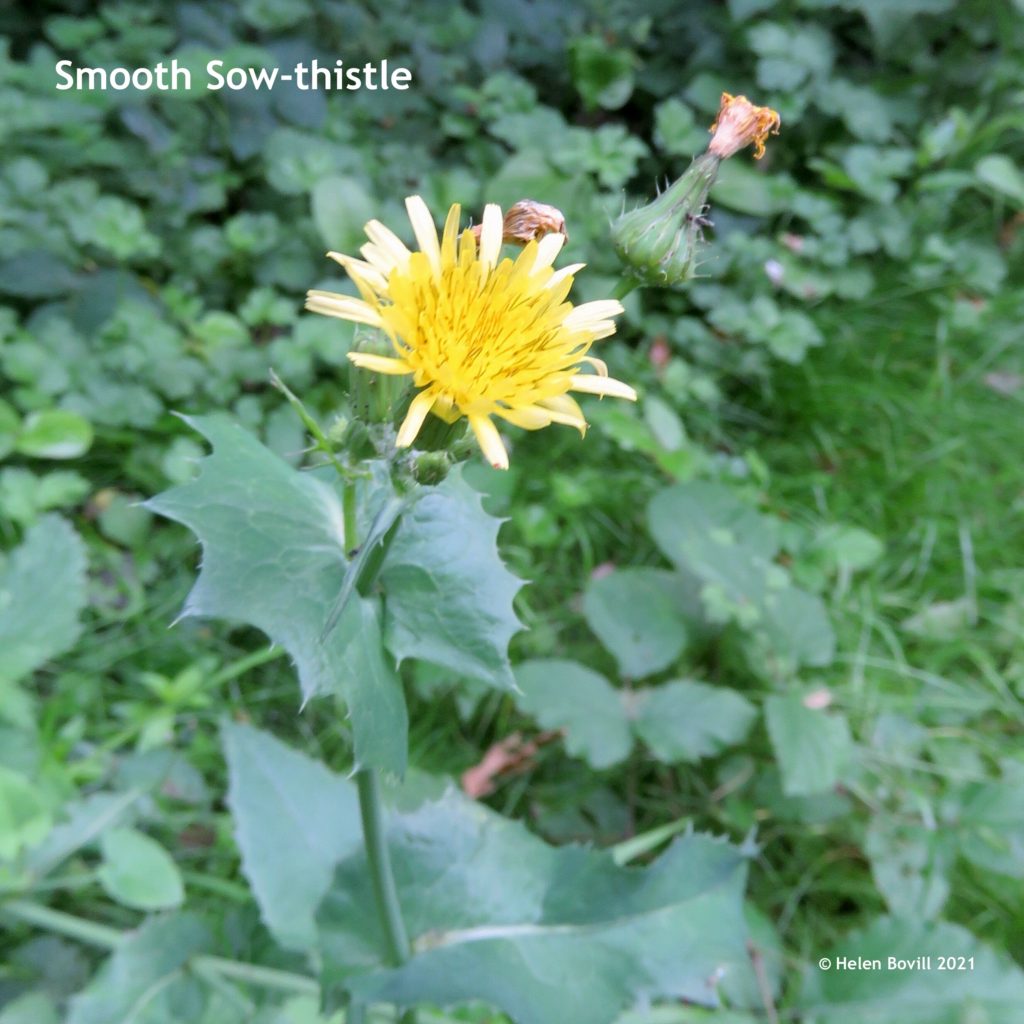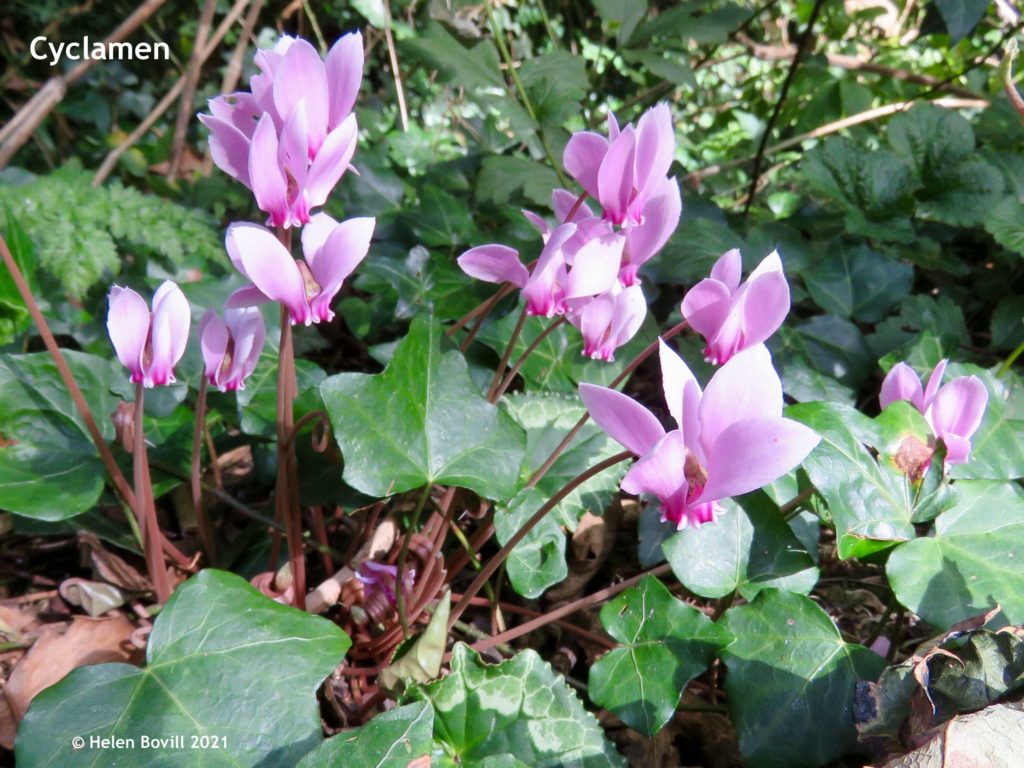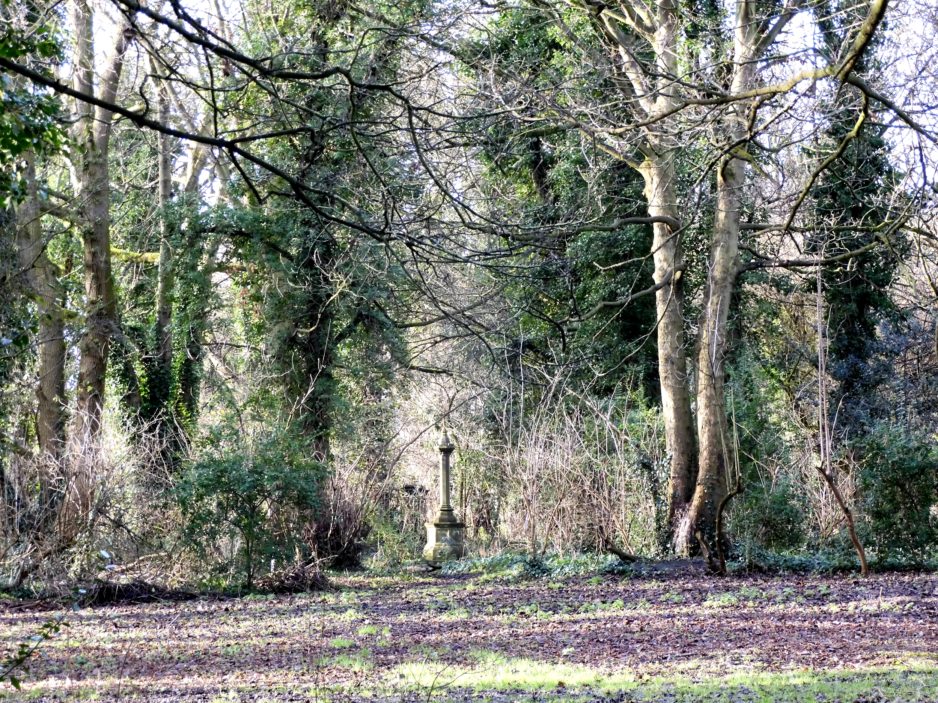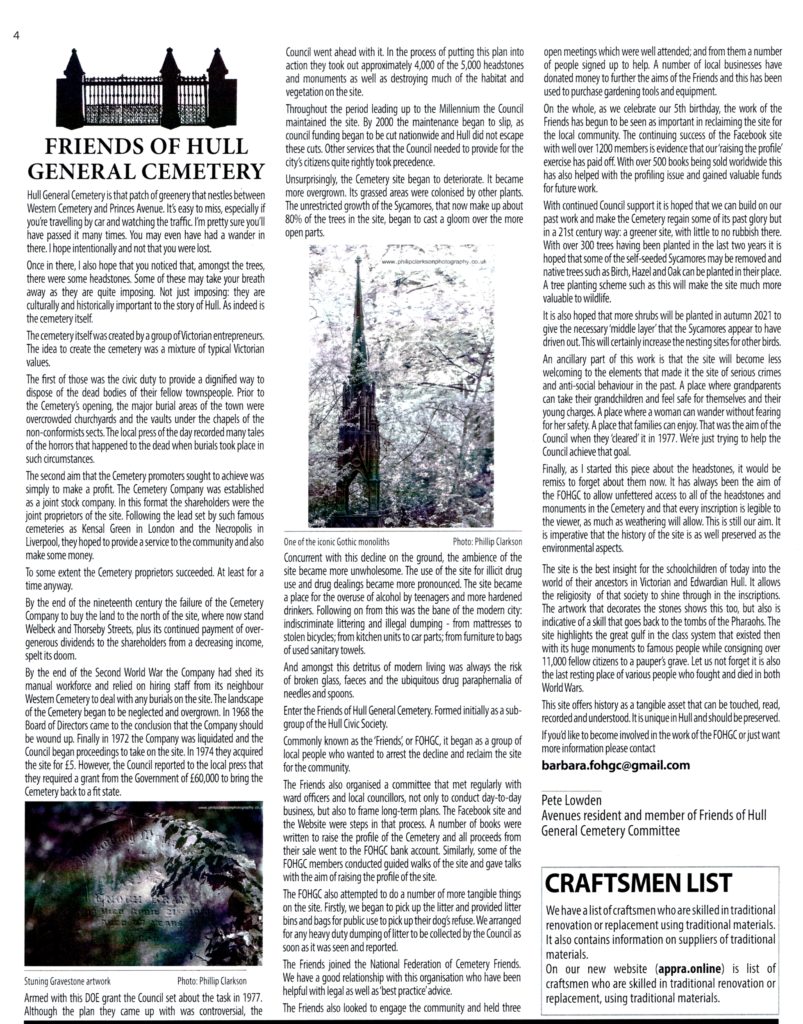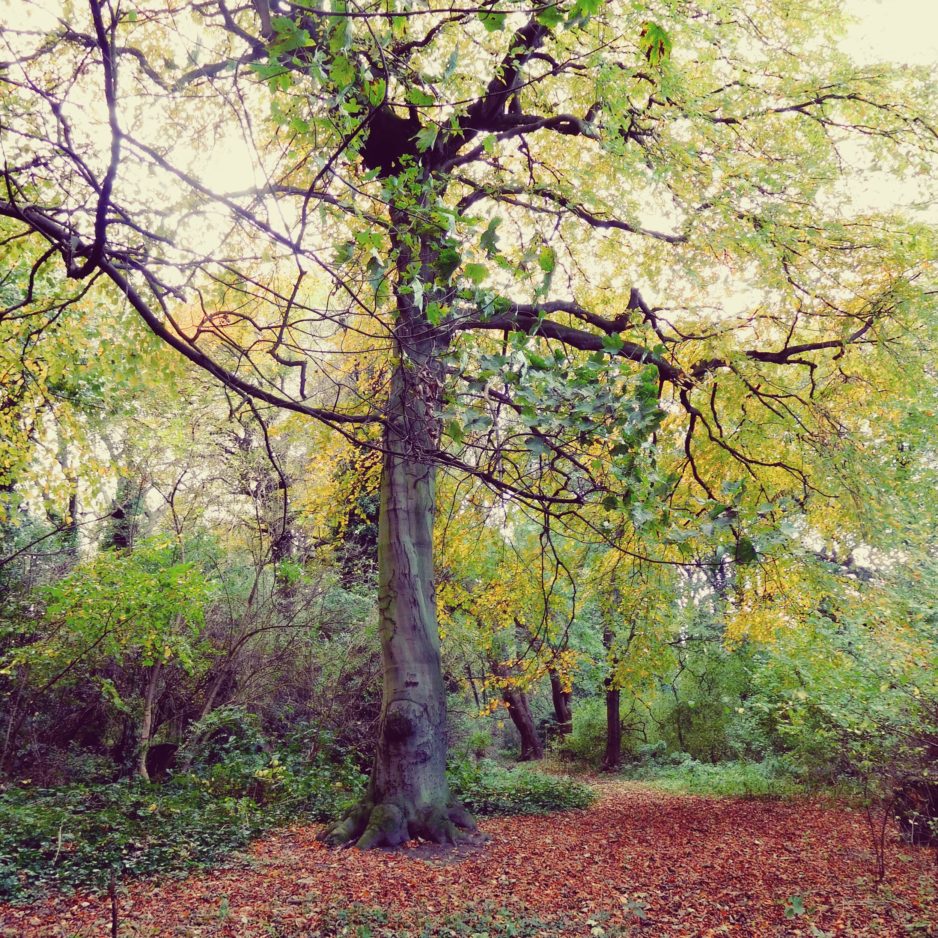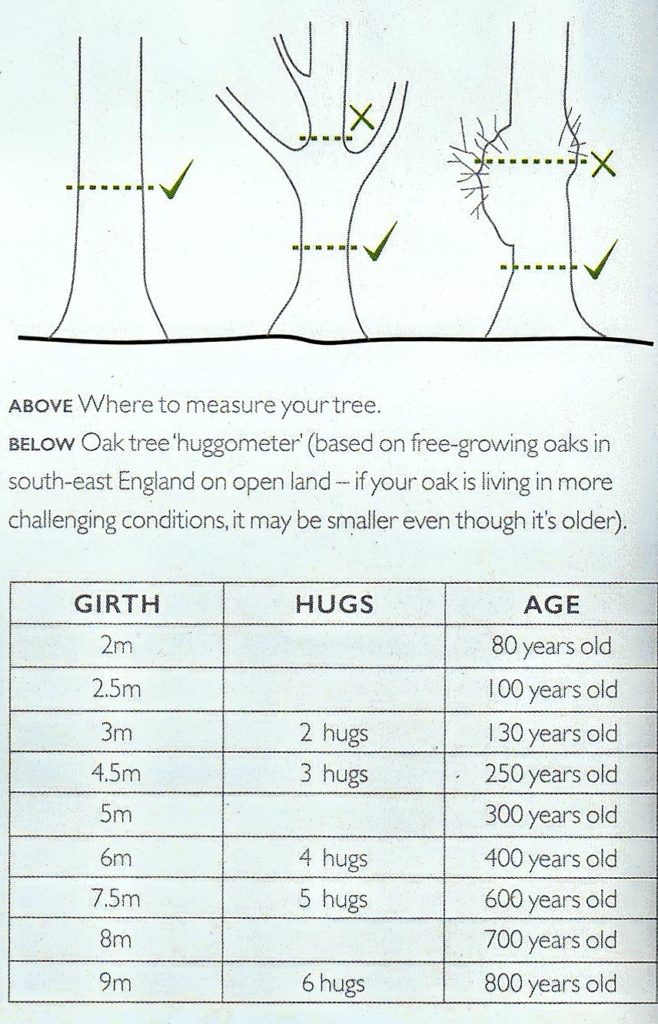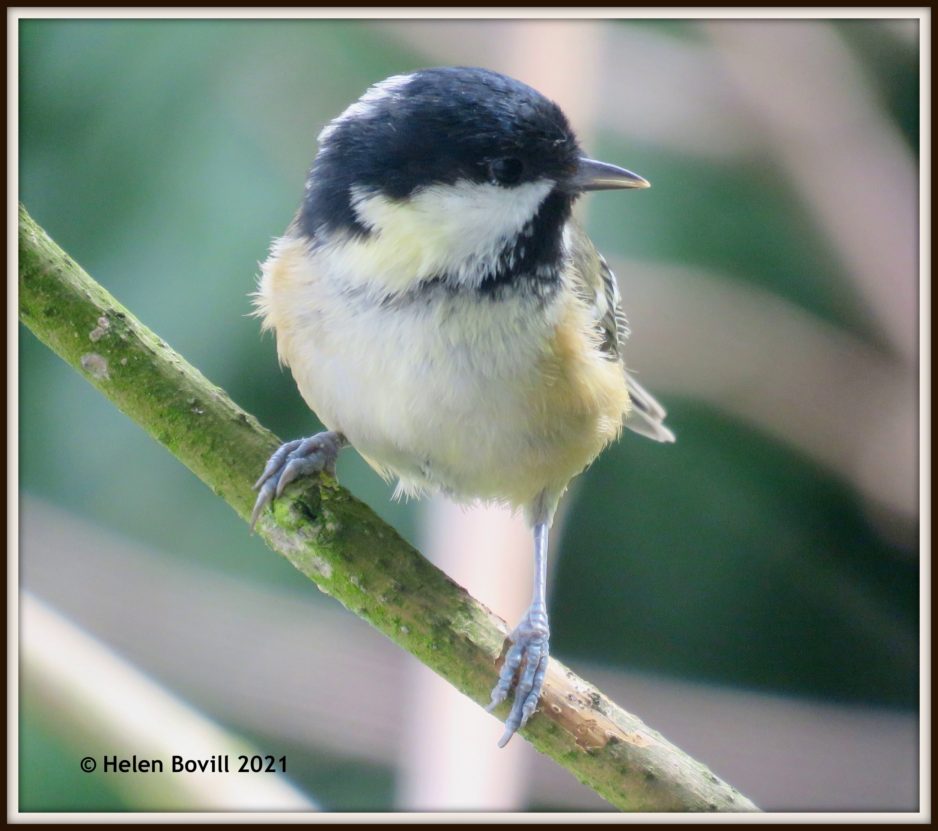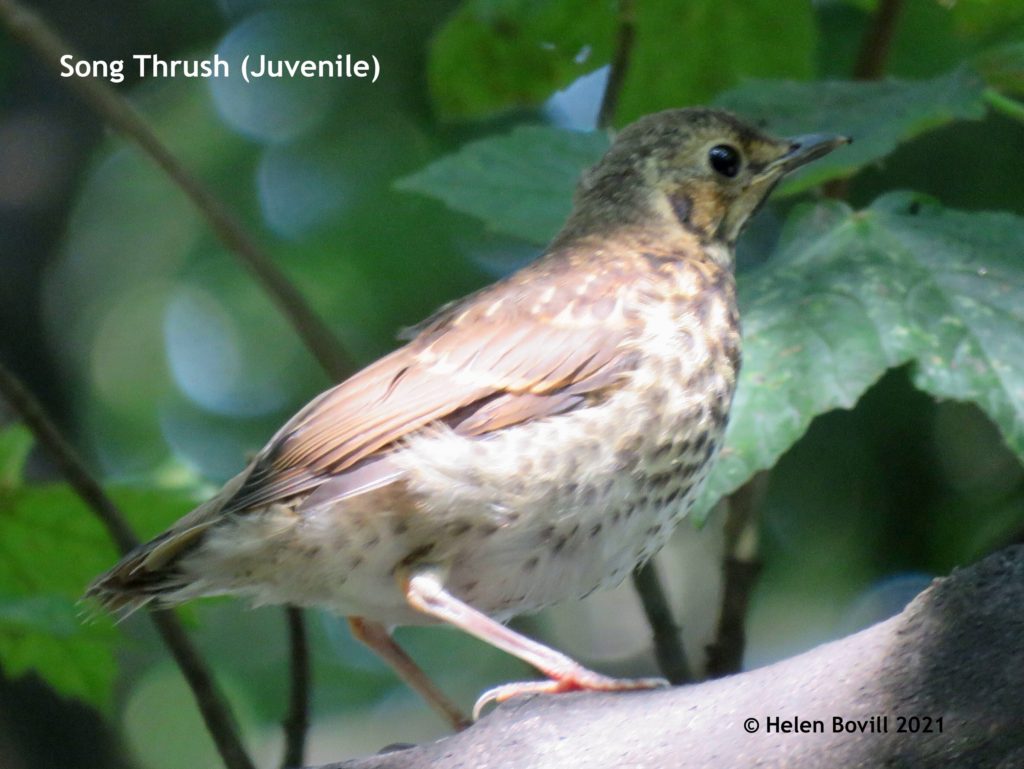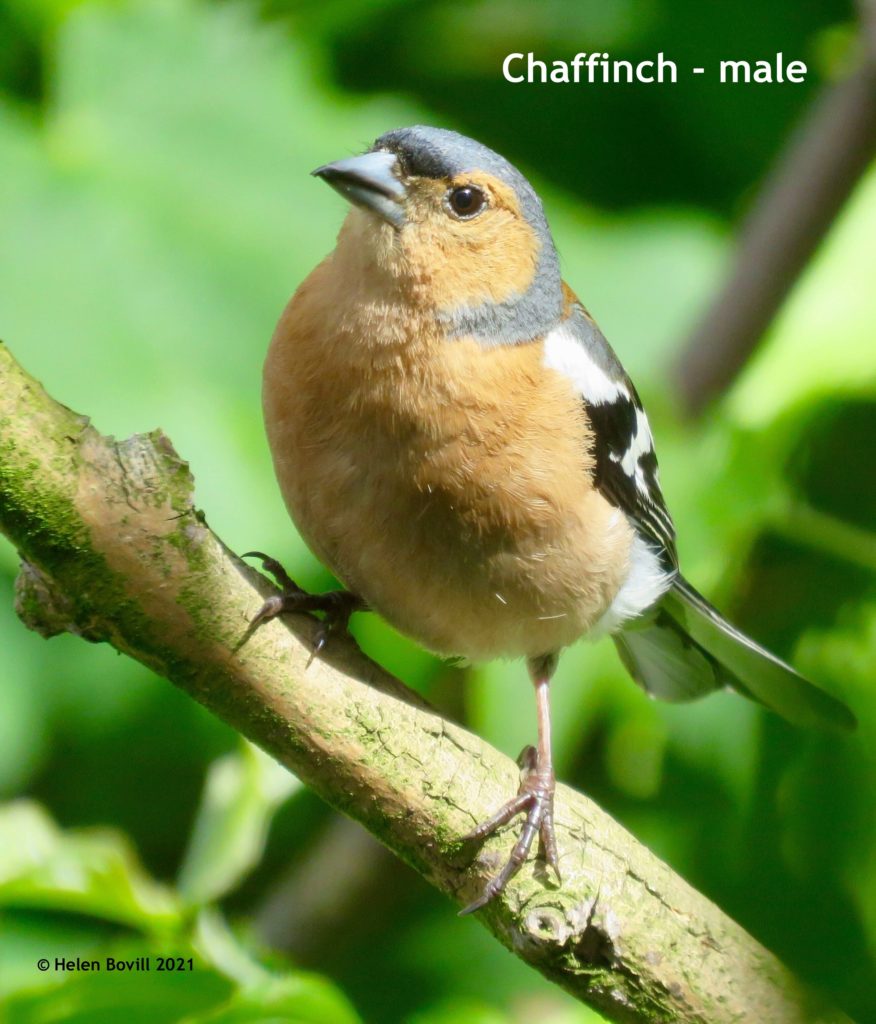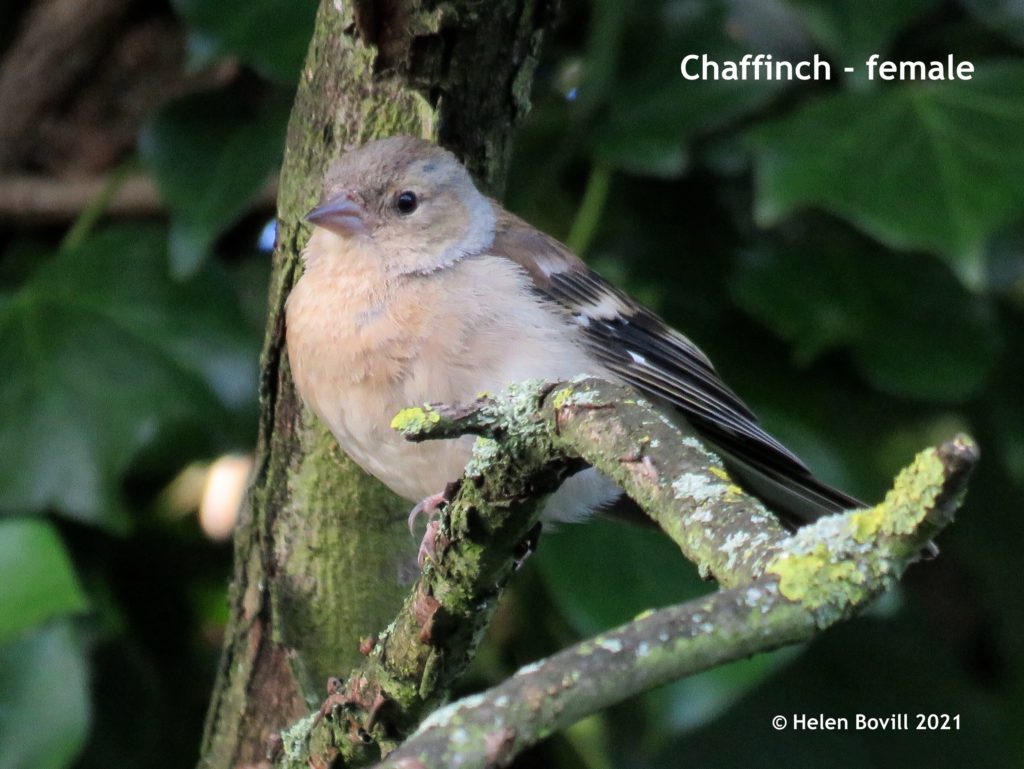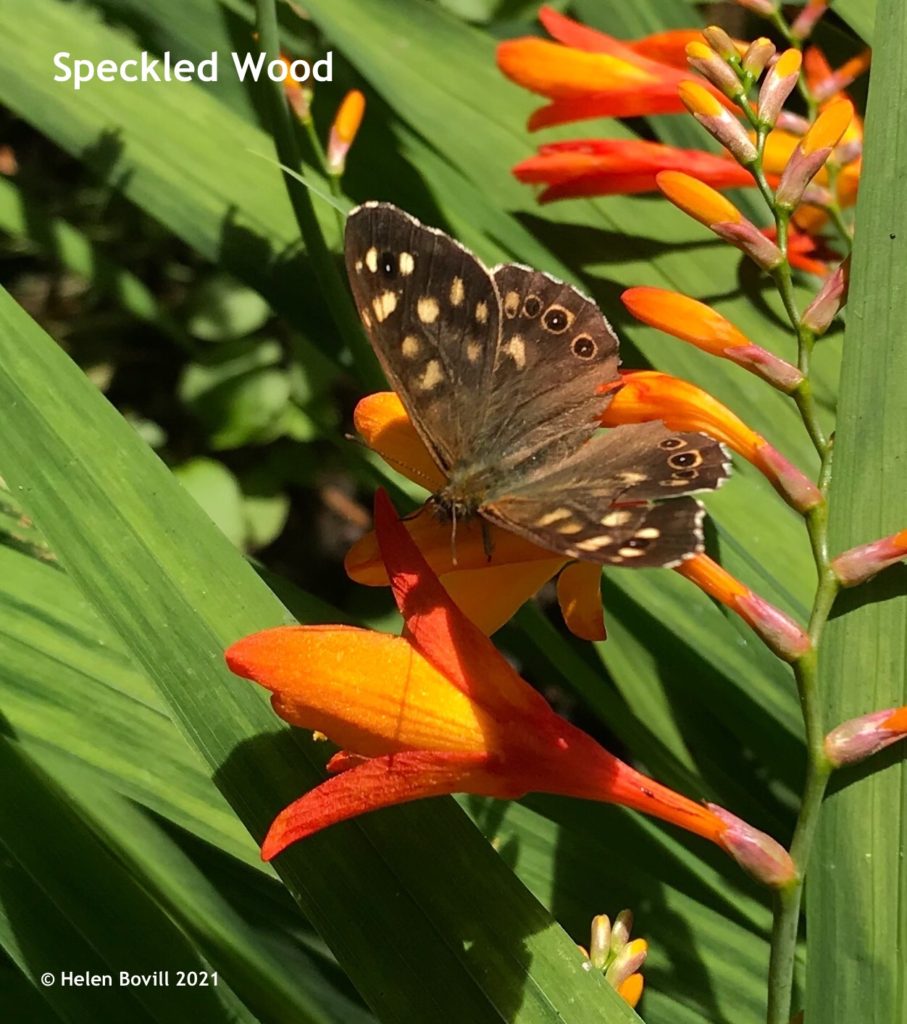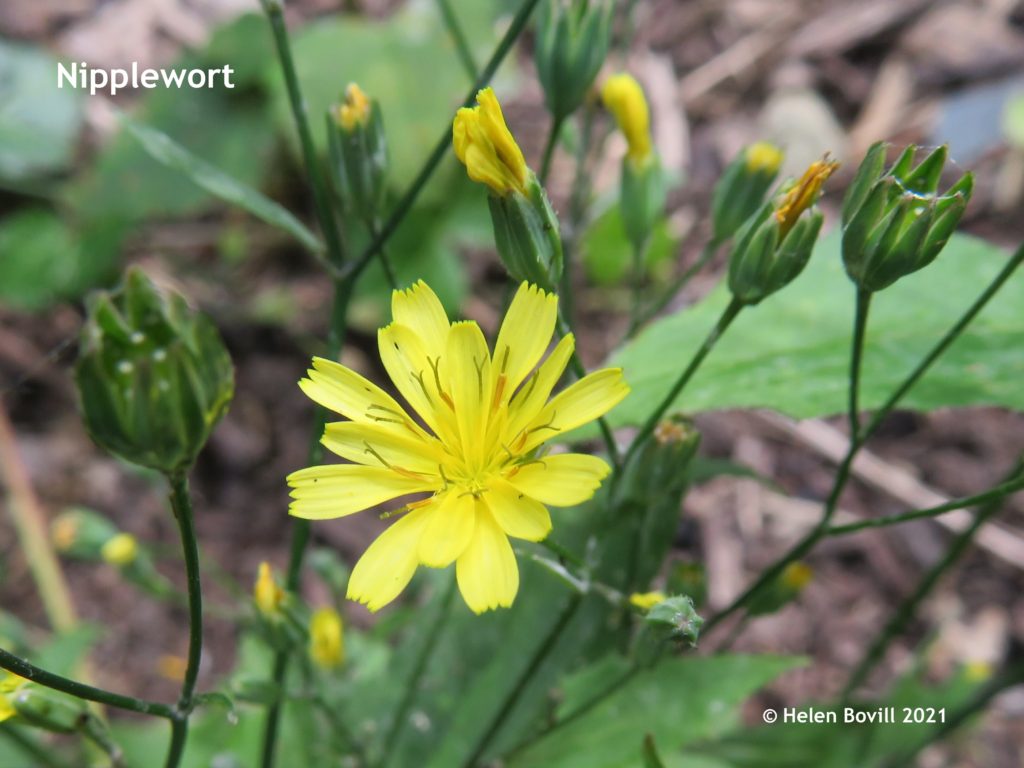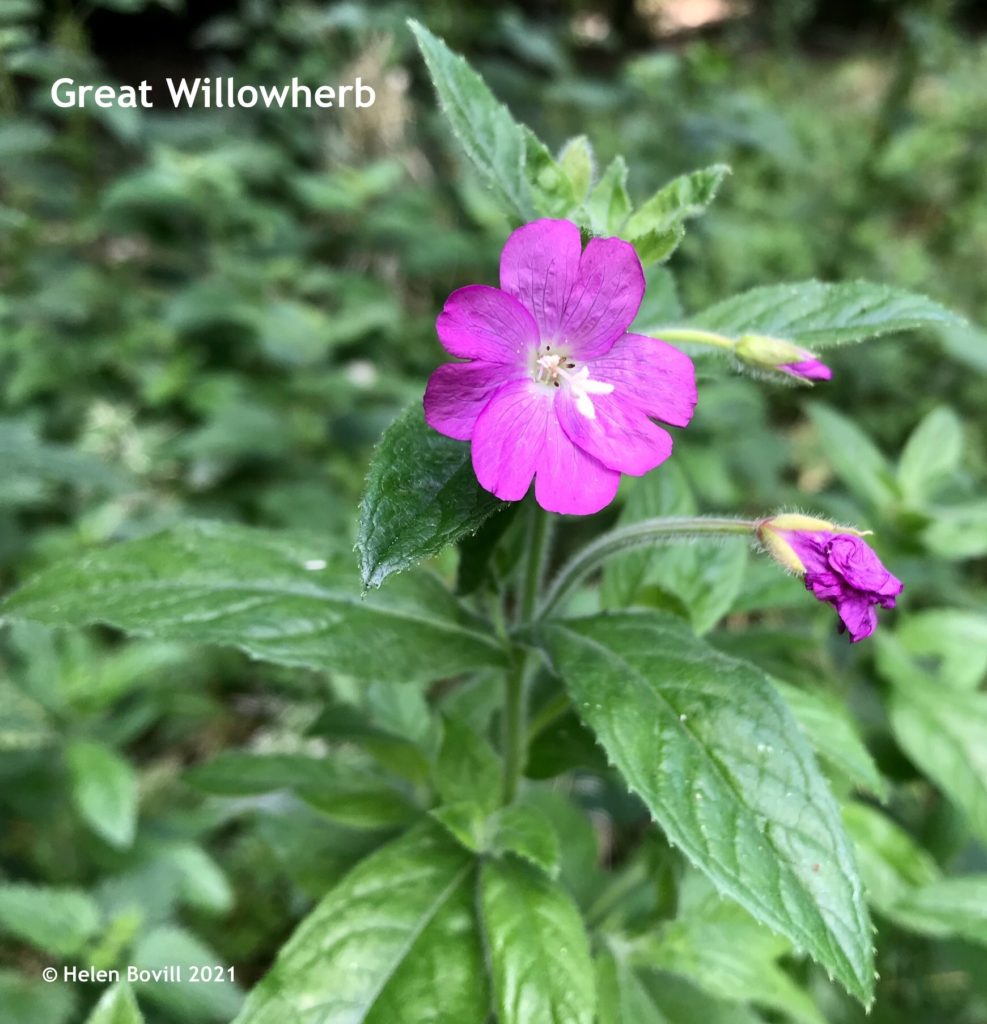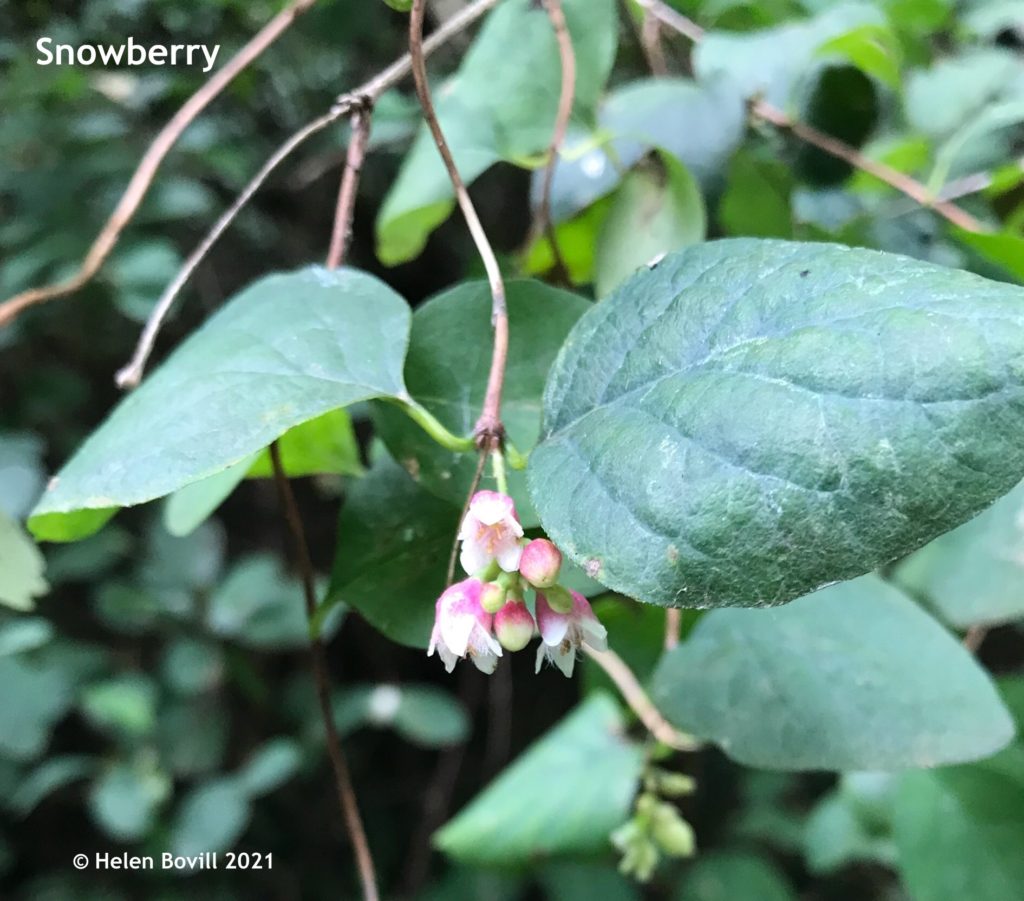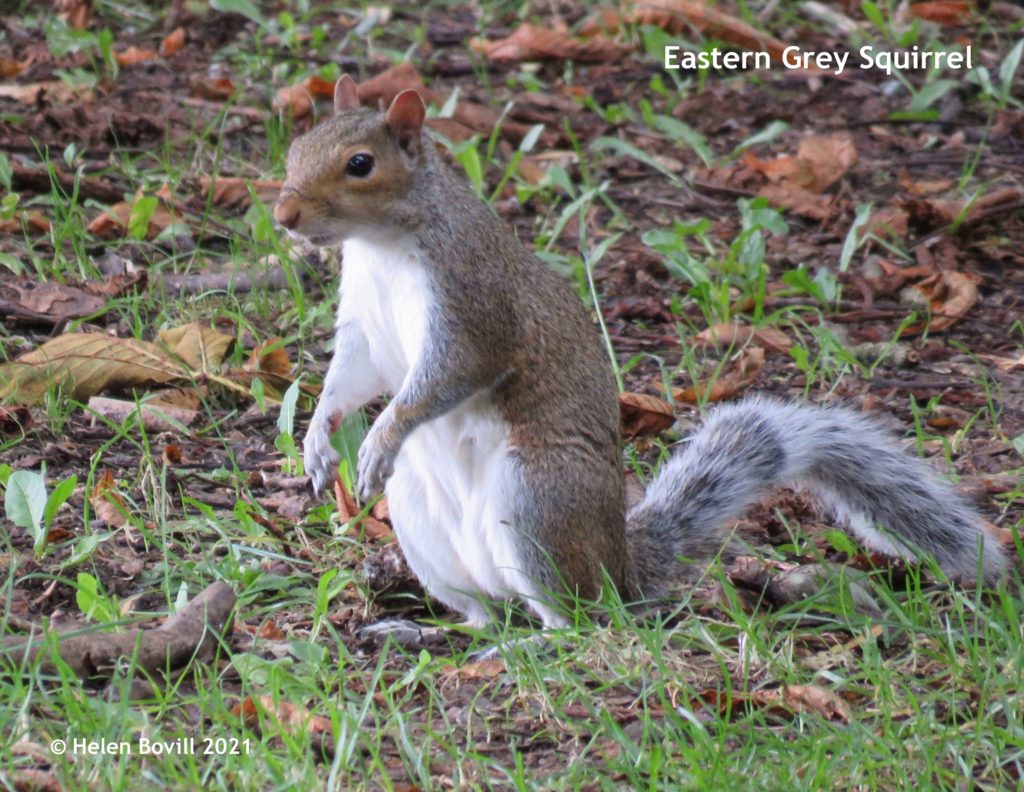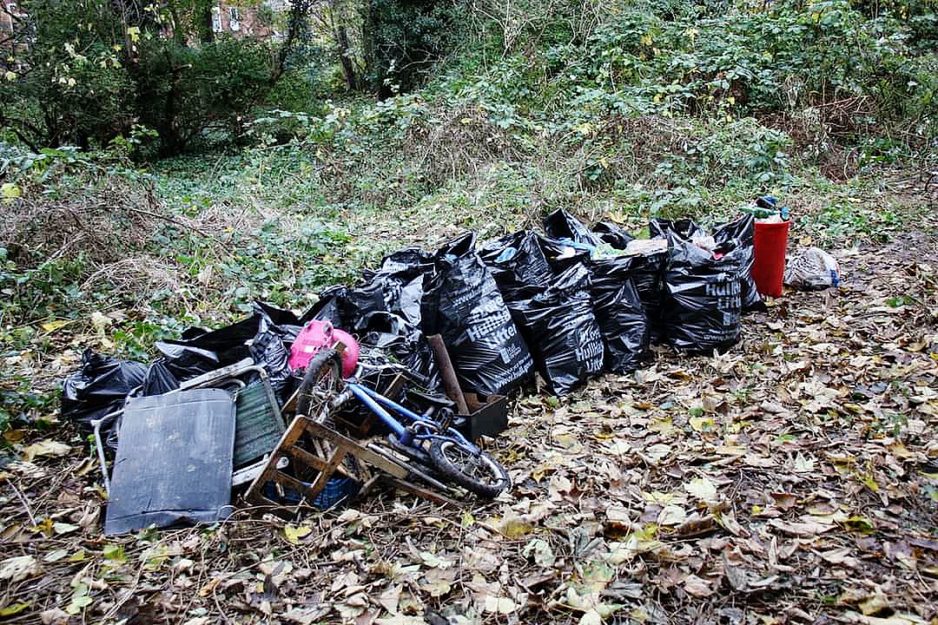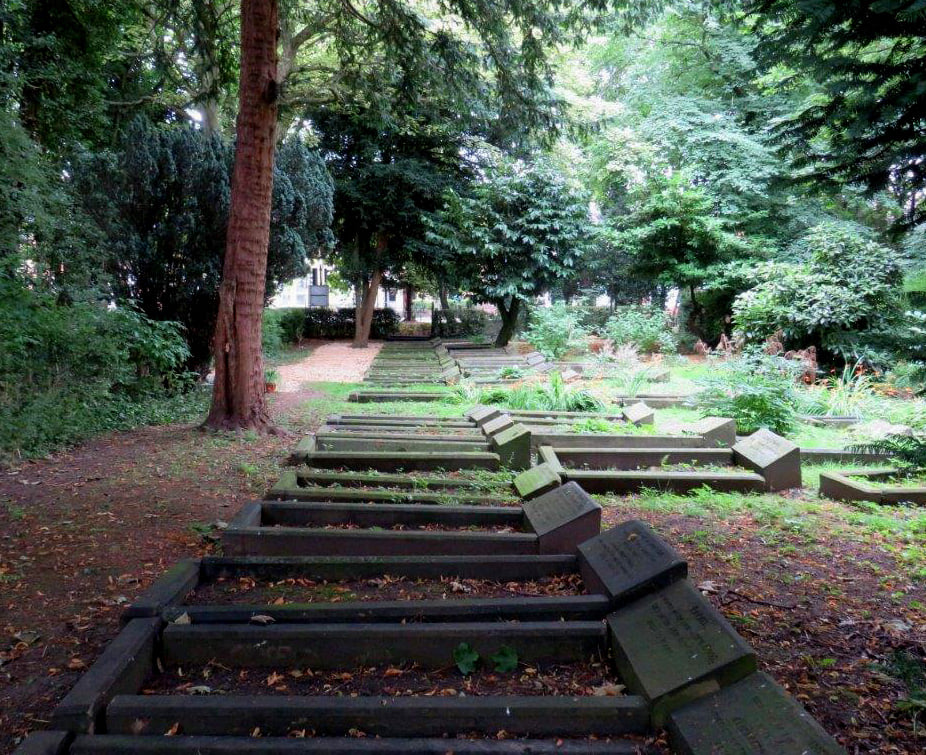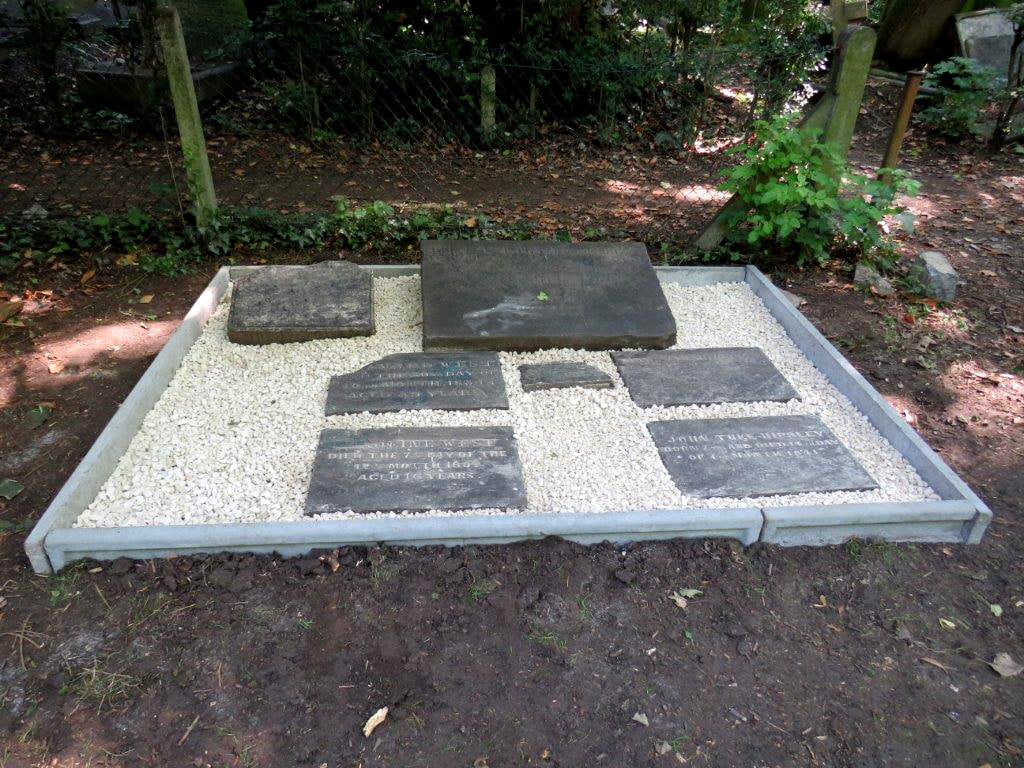Cemetery Wildlife December
A few days after going to press last month, storm Arwen hit us. I’m happy to report that none of the cemetery’s trees suffered any major damage during that storm. A few branches broke loose but none of them were large enough to cause any damage. But at the beginning of December storm Barra arrived and this caused some more significant damage to one of the trees near the main gates. A large branch the size of a small tree broke off a Sycamore, blocking one of the footpaths. Luckily it didn’t damage any of the headstones although it did fall quite close to them. The volunteers quickly got it cleared it away.

December got off to a very cold, wet and windy start and there was even a slight dusting of snow in the first week. It remained wet for most of the month and the footpaths are still very soft and muddy. The fallen branches were put to good use by the volunteers, turning them into chippings which were used to repair the worst affected parts of the footpaths. Before the chippings were laid, some of the deepest mud was removed and put to one side, revealing many worms in the process. The Robins were quick to notice this – it is always nice to see the cemetery wildlife benefiting from human activity!
Trees and Plants
Most of the trees are now bare, but a few pockets of leaves are still clinging on to some of them – for example, on this Norway Maple.
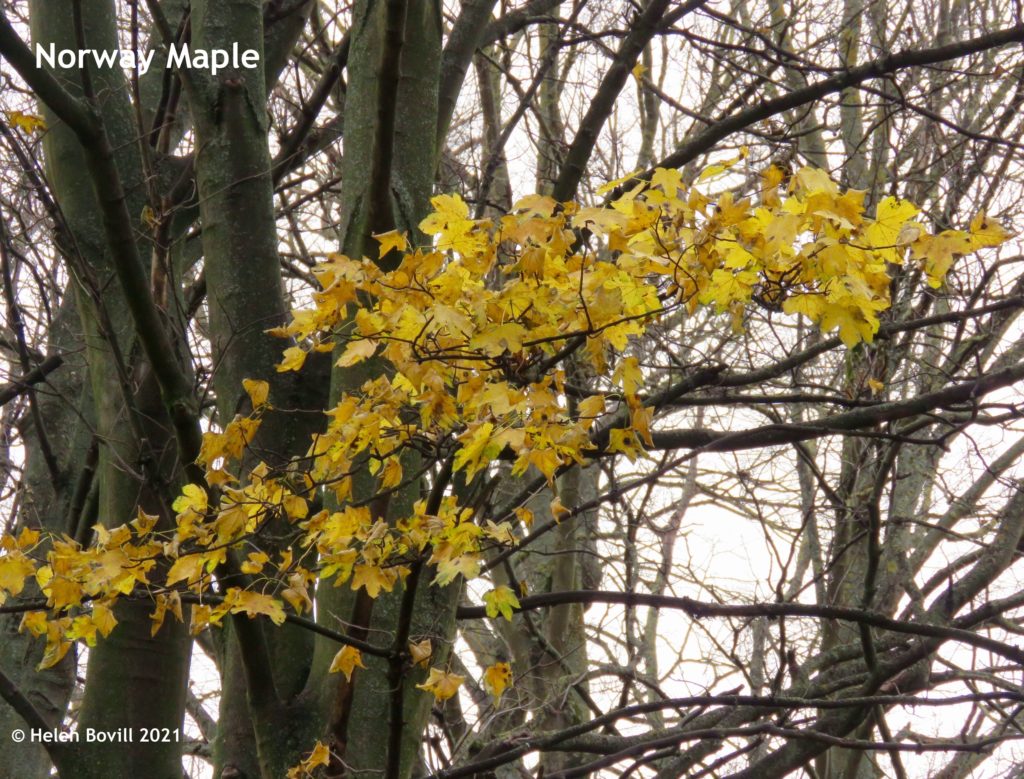
I was surprised to see some flowers on one of the Pyracantha bushes growing along the grass verge on Spring Bank West, especially considering that it still had a few berries on it last month. It is in a sunny location though.
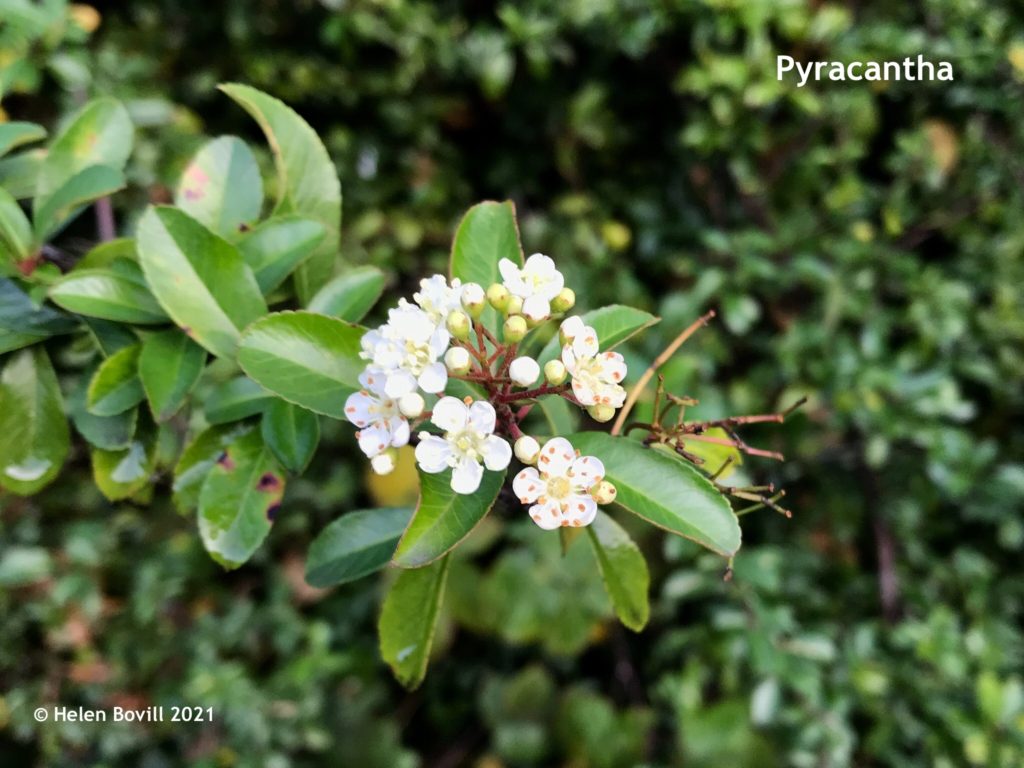
There are still some berries on the Rowan – a good source of food for the birds. Over the course of the next few years, it is hoped we can plant some new native trees and shrubs of the kind that have plenty of berries on them. This will provide food for the current cemetery wildlife and hopefully attract new species, increasing the site’s biodiversity.
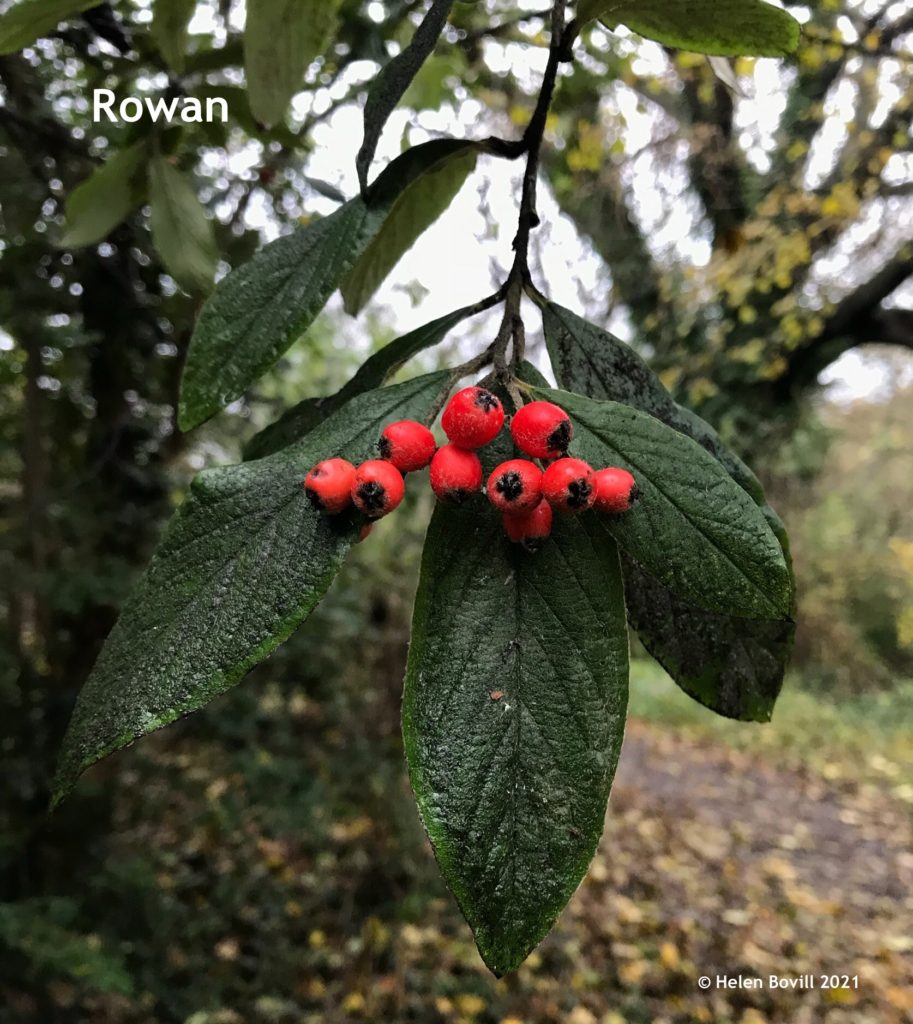
Very few plants are in flower at the moment. I noticed a Dandelion and some Smooth Sow-thistle along the grass verge, and also some Hogweed, although it was a much smaller plant than usual, being less than a foot tall.
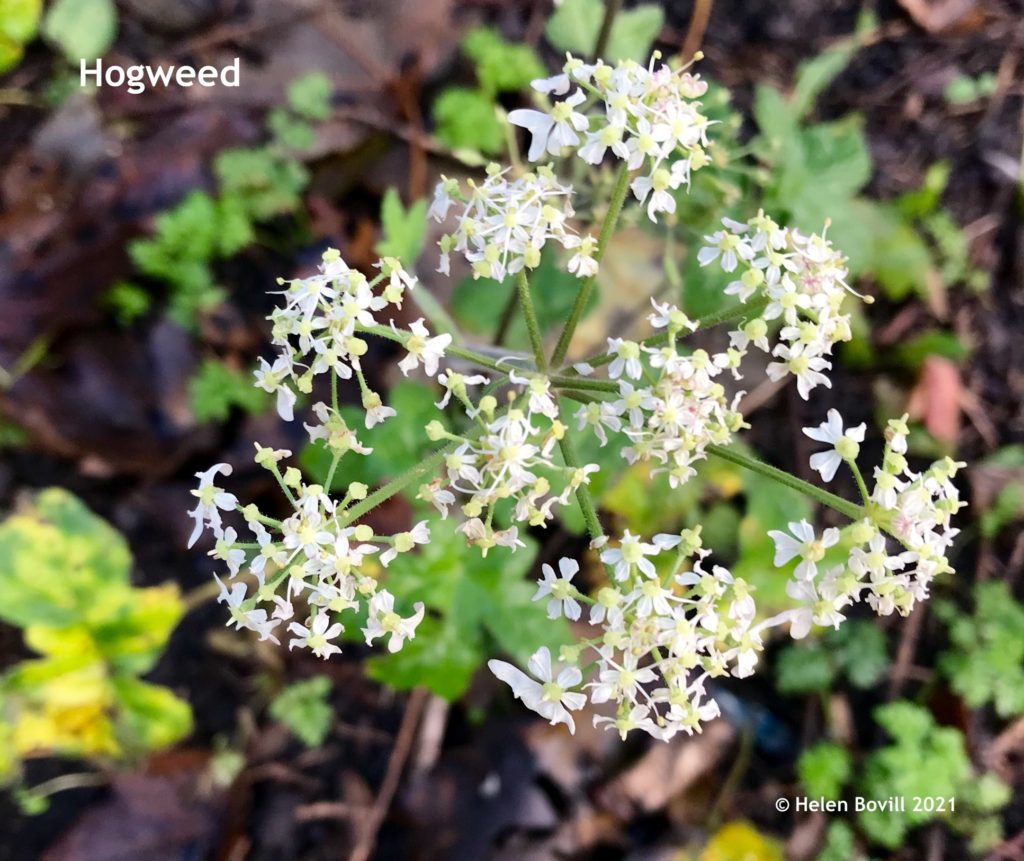
Birds
The highlight of this month was seeing three Bullfinches in a wild area towards the eastern side of the cemetery – please see lead photo at the start of this report. This is the first time I’ve seen Bullfinches in the cemetery this year – they seem to be only occasional visitors at the moment. But they do appear to like feeding on the seeds found in old Brambles and there are plenty of these in the cemetery. Several areas, where there are no headstones, are deliberately left untouched for the benefit of the cemetery wildlife.
There are lots of Wood Pigeons around, and I’ve also seen a pair of Stock Doves in amongst them. The Wood Pigeons are the larger of the two species. I mentioned them in my first report back in March – these more detailed photos illustrate the different plumage and eye colours much better.
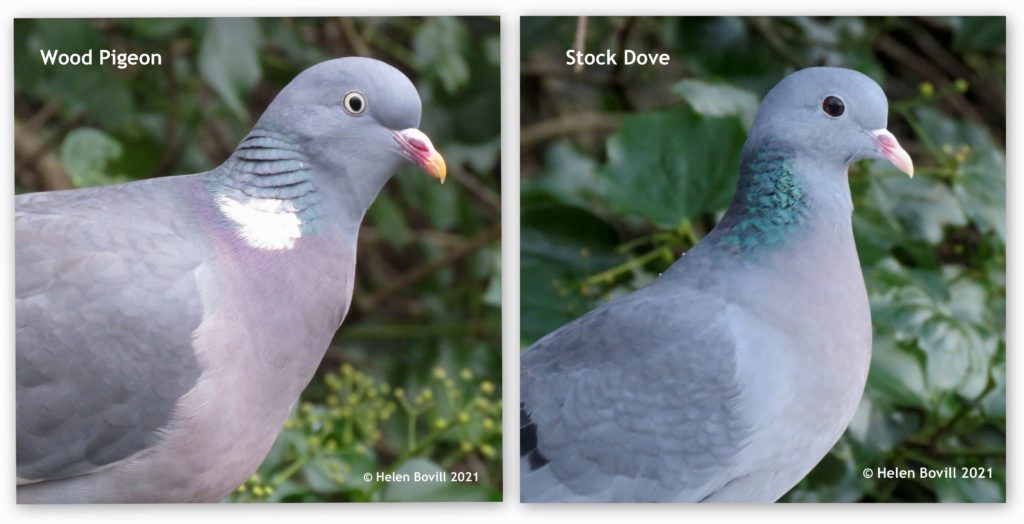
The volunteers put up some more bird boxes a few weeks ago. I noticed a Blue Tit checking one out only last week. It seems quite early to be starting the nesting process, but it might just have been looking for somewhere to shelter from the cold.
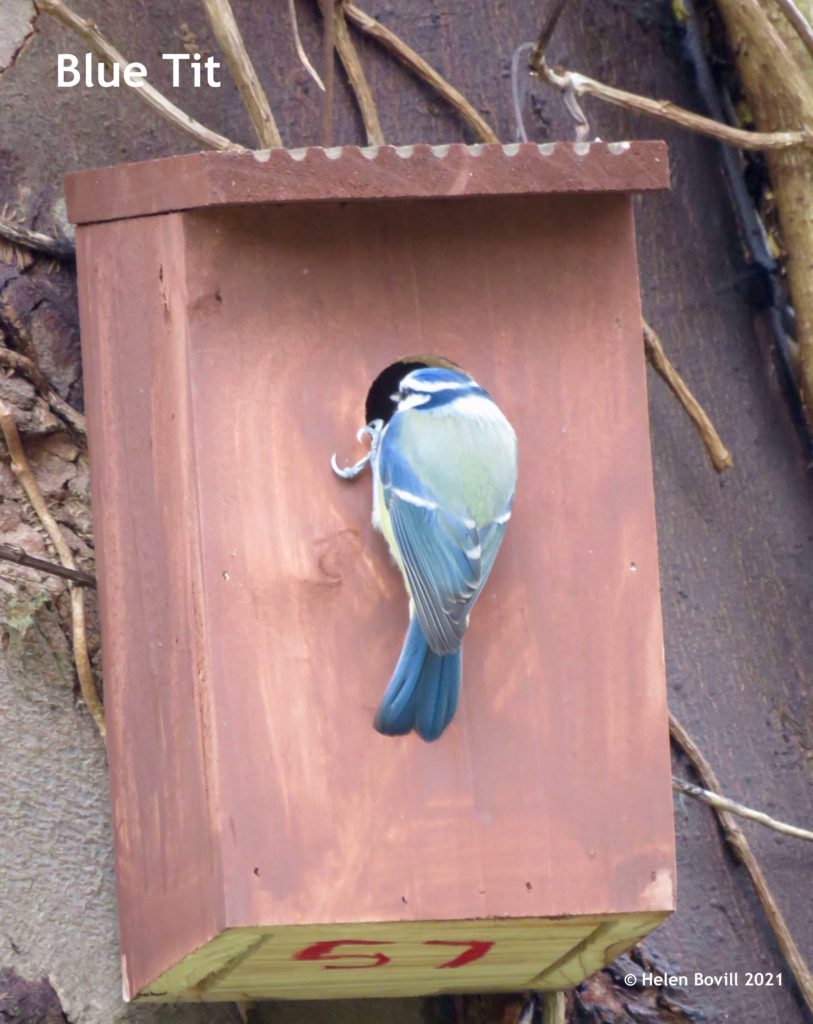
Fungi
Last month I mentioned the intriguingly named King Alfred’s Cakes that one of the volunteers had found, and I managed to find quite a few of them too. I wouldn’t normally do this, but I removed one from the tree and sliced through it to see what it looked like inside. One of my reference books describes it as “Inedible. A folk remedy to relieve night cramp and it is called Cramp Balls for this reason”.
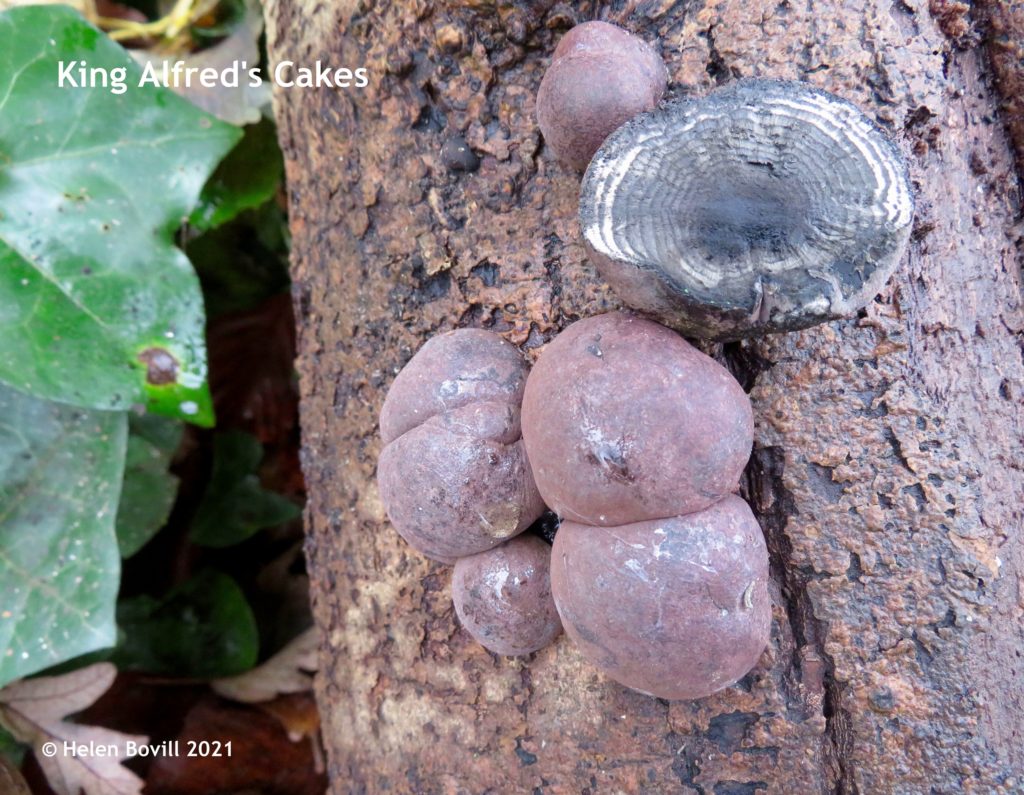
I also found a few very small mushrooms on the ground, some of which were growing out of the wood chippings laid earlier on in the year. Fallen branches can be good places for mushrooms to grow, and some of the larger branches have been deliberately left where they fell to encourage this. Fungi, plus the tiny insects that can sometimes be seen on them, are another good food source for the cemetery wildlife.
Conclusion
It has been a very cold, wet and dull month but there is still plenty of wildlife around. As I write this it is nearly Christmas; by the time you read this Christmas will be over. I hope yours was a happy Christmas and that the coming year will be a good one for you!
